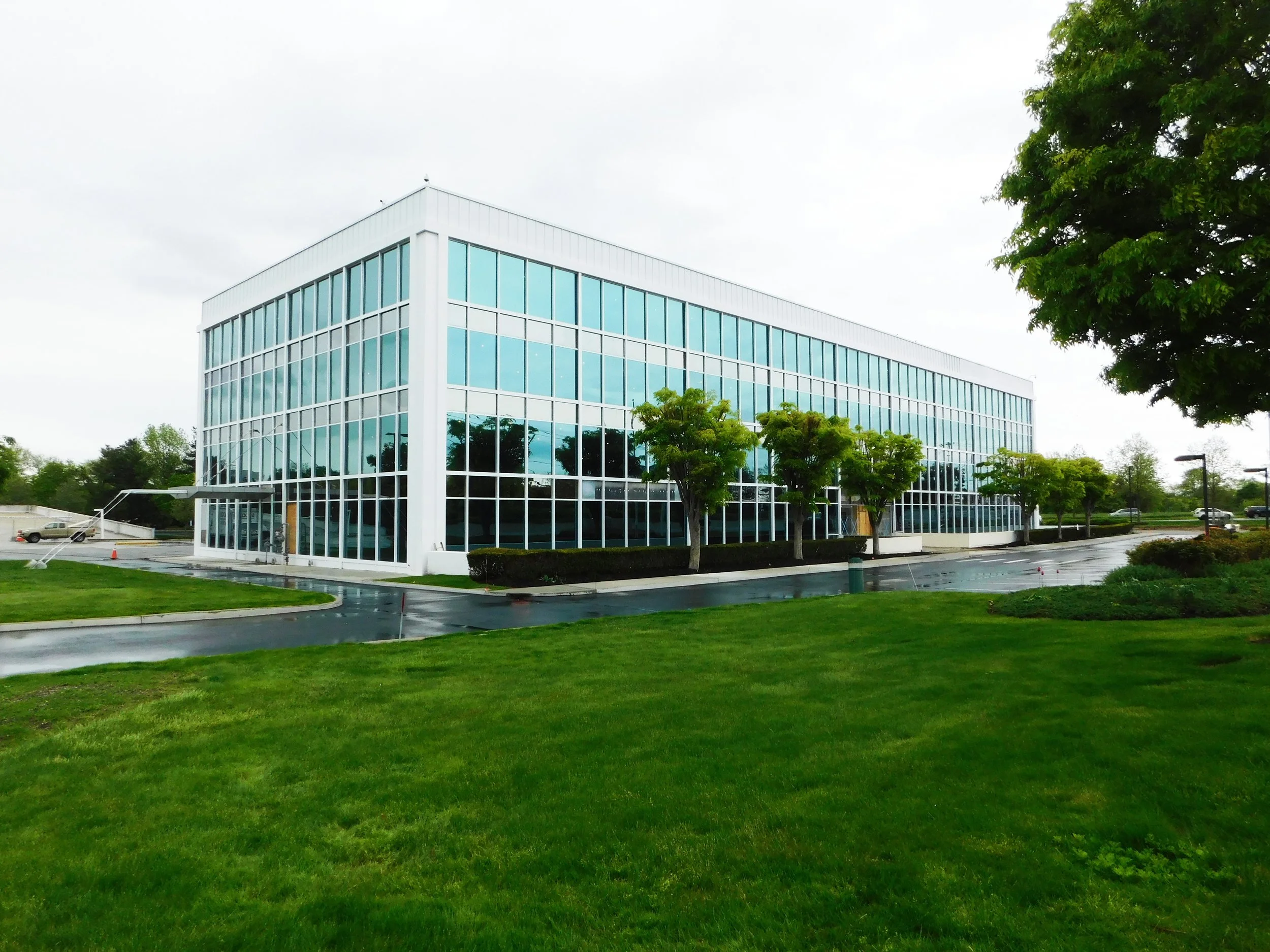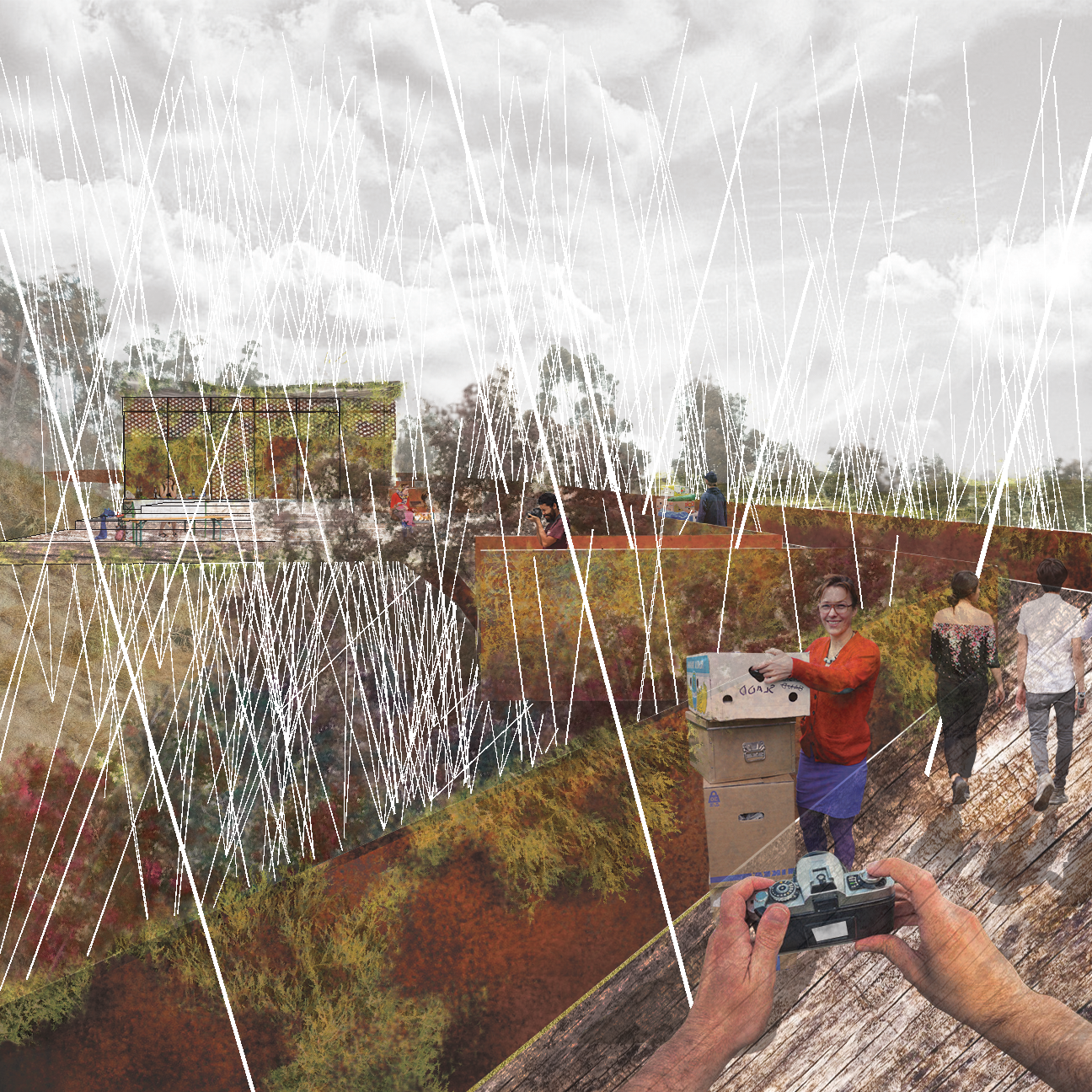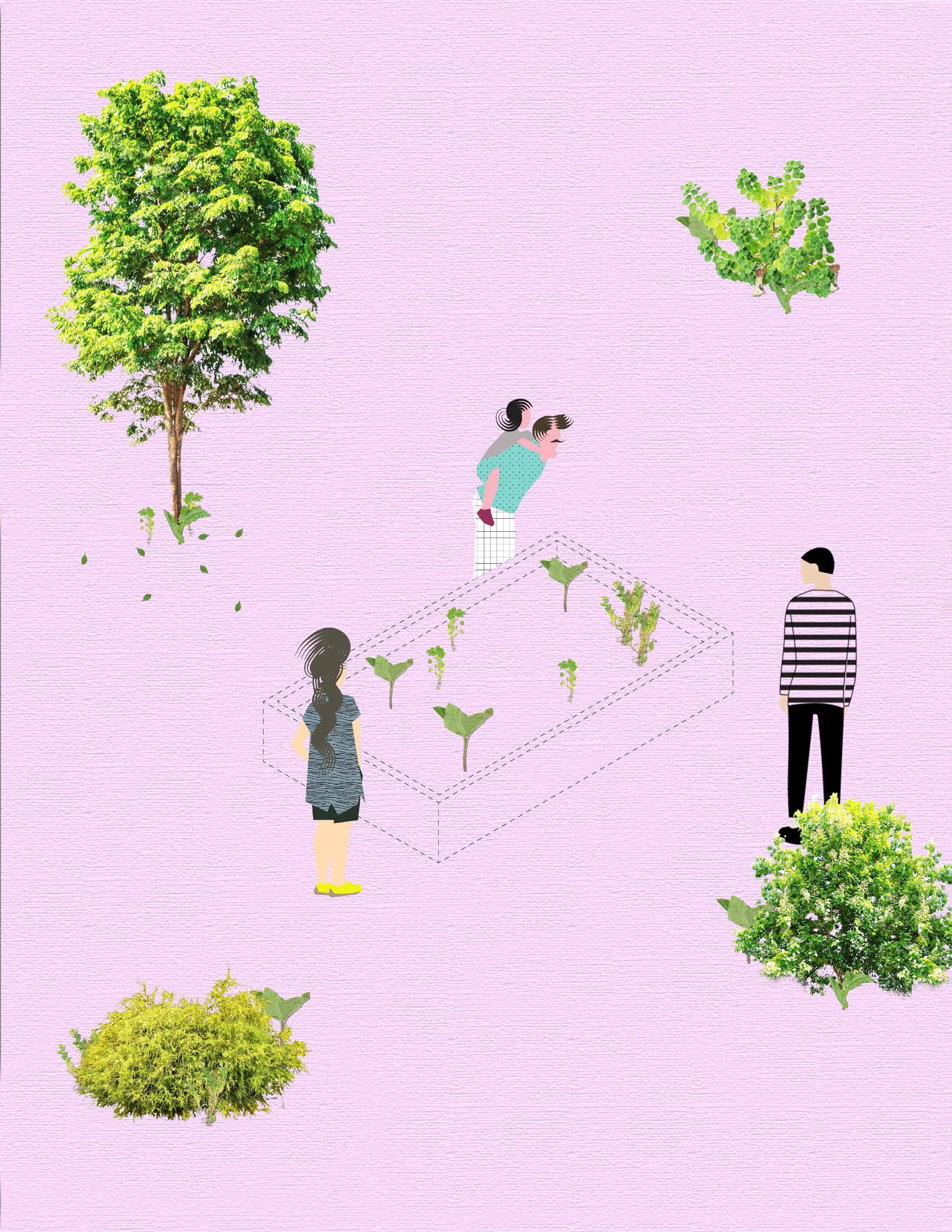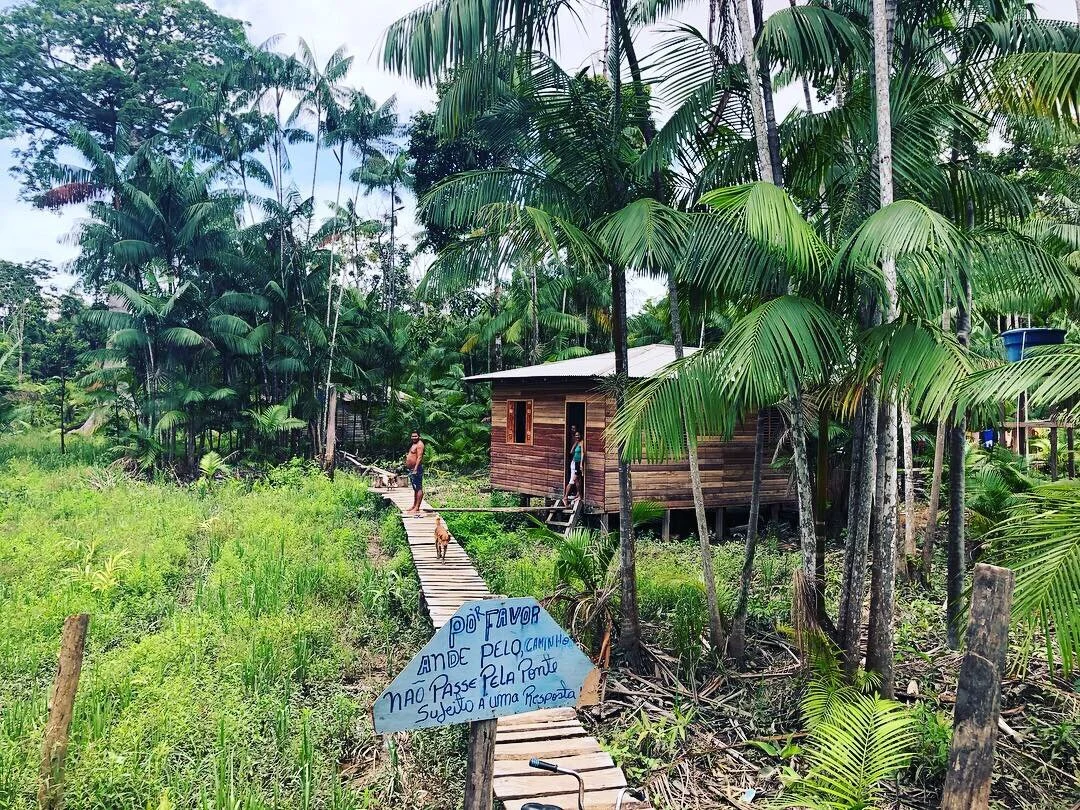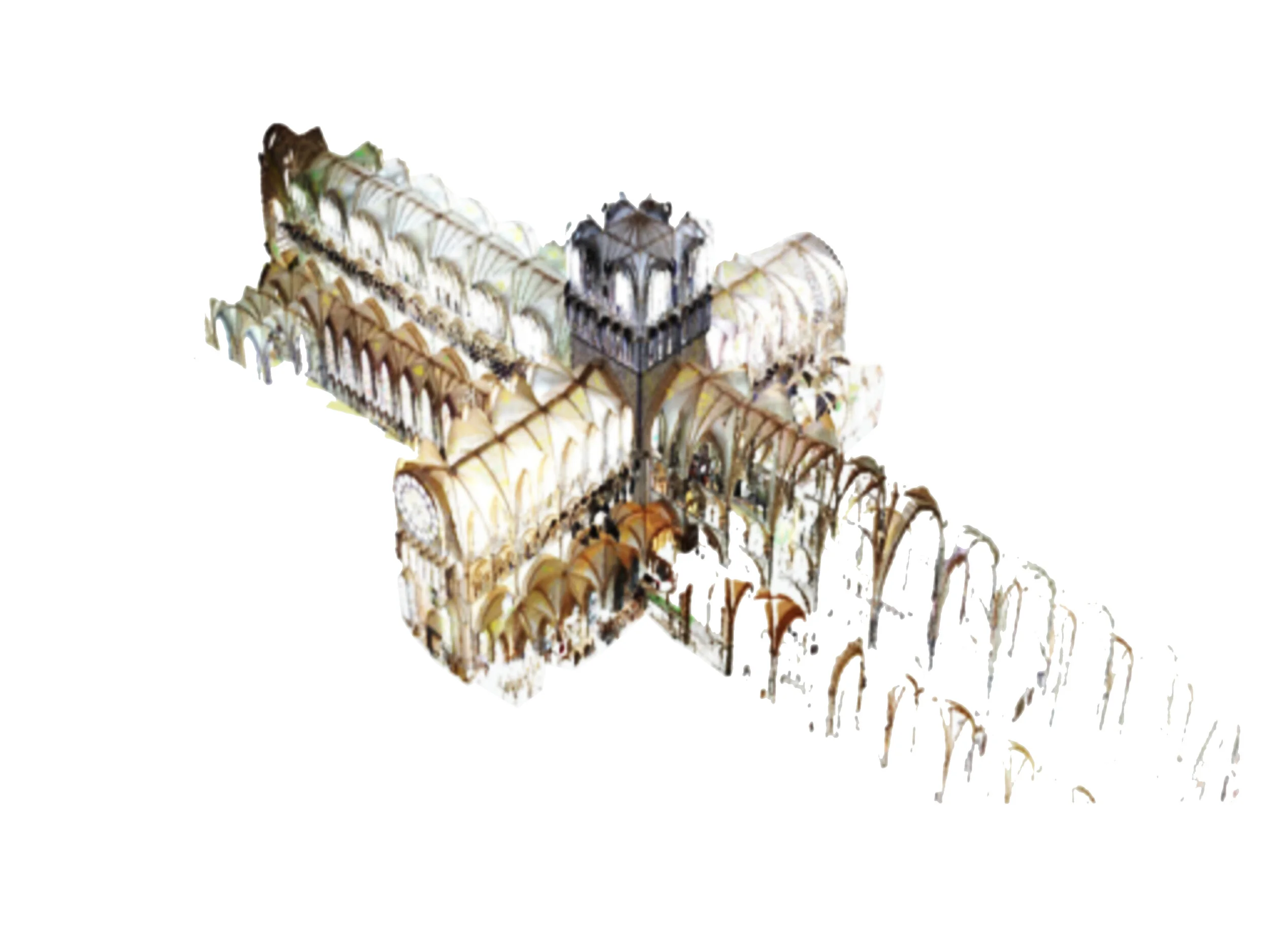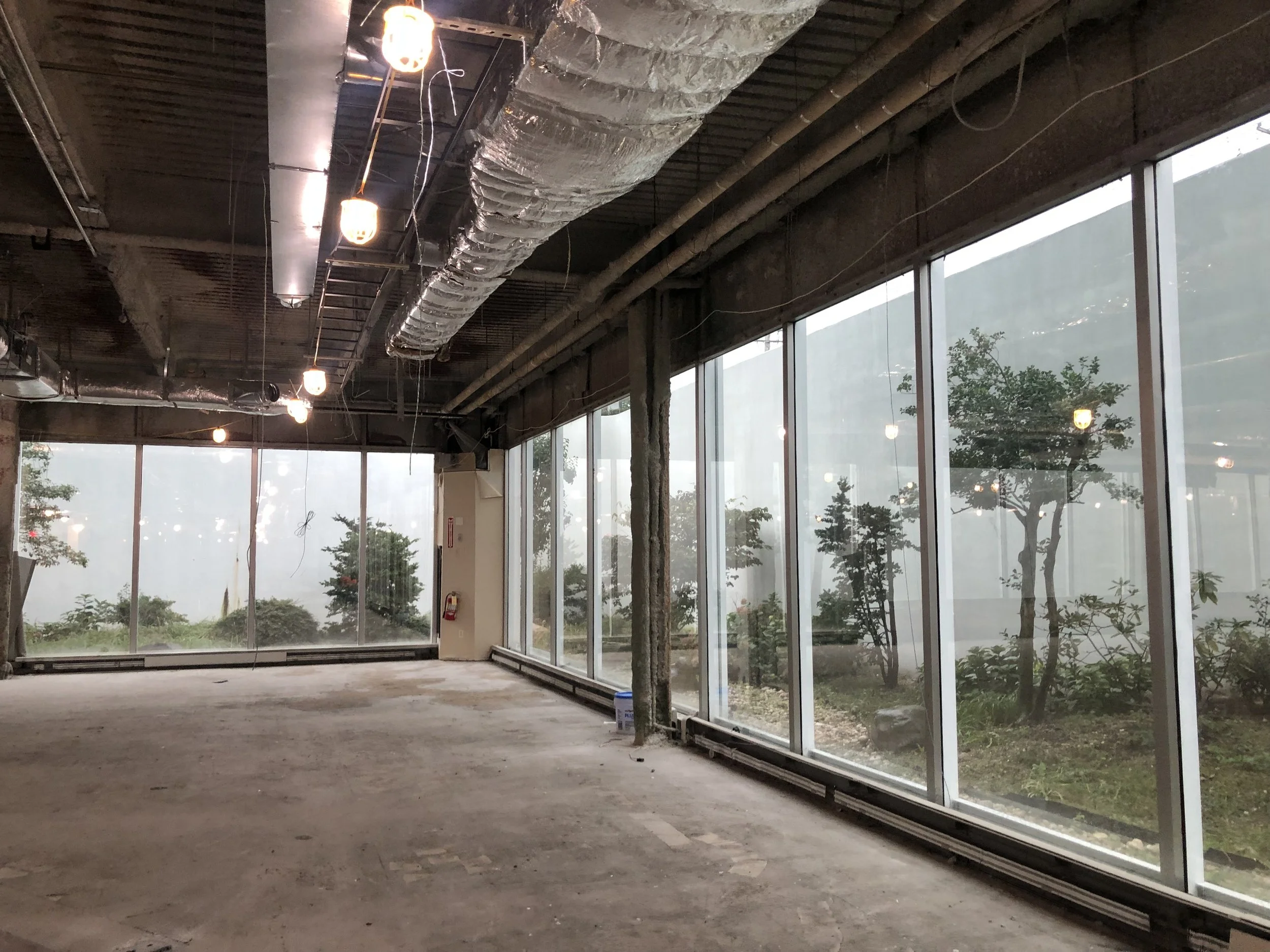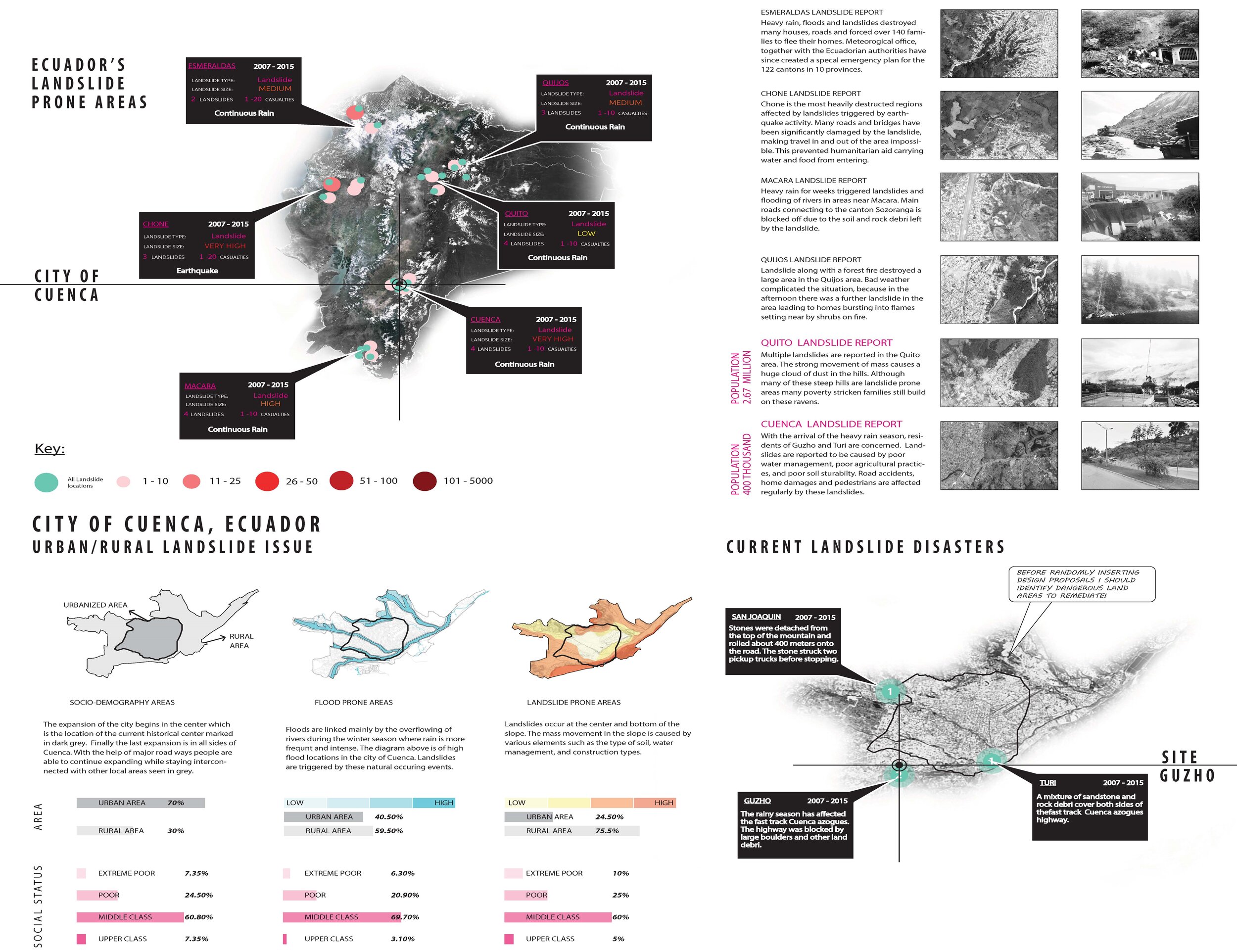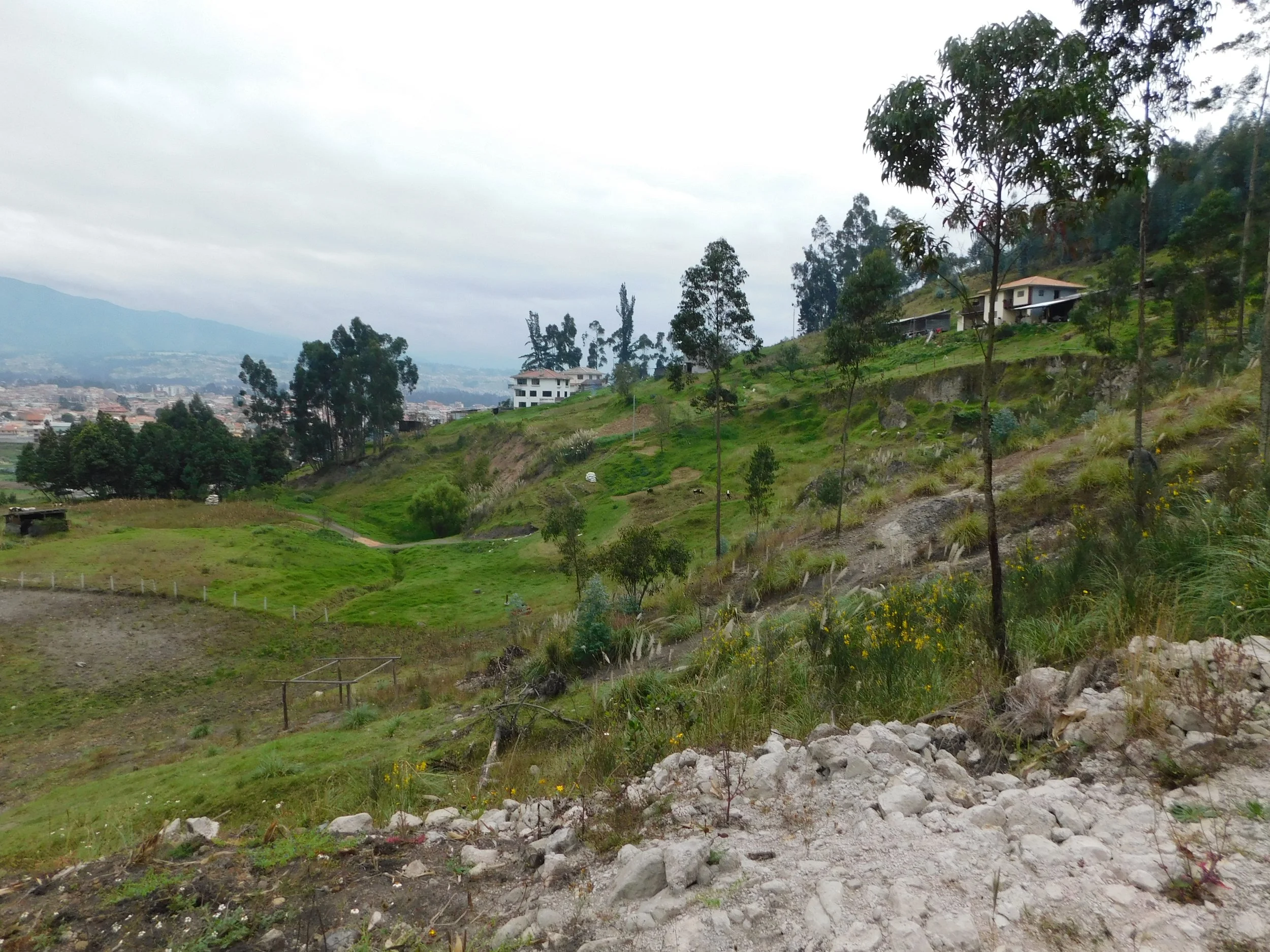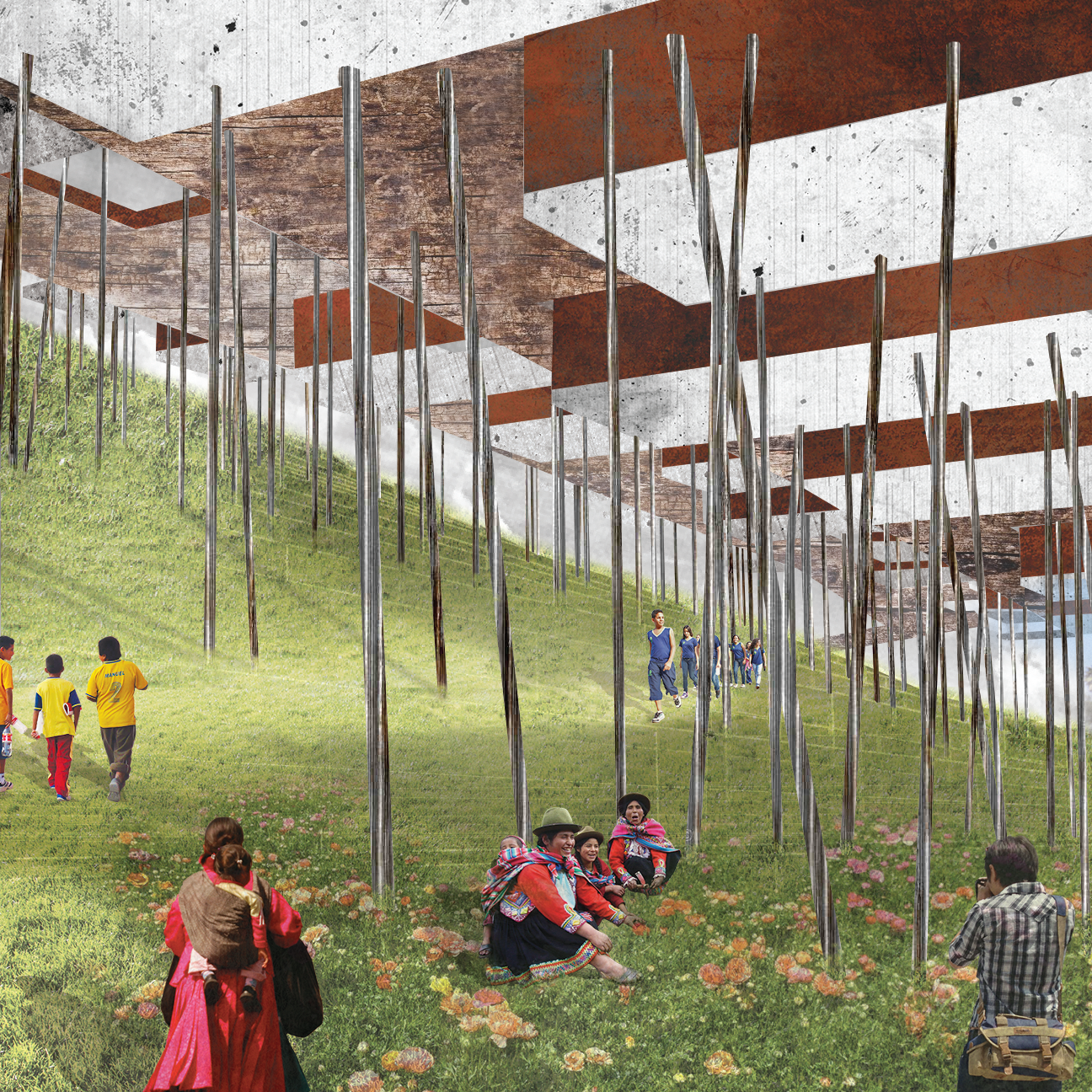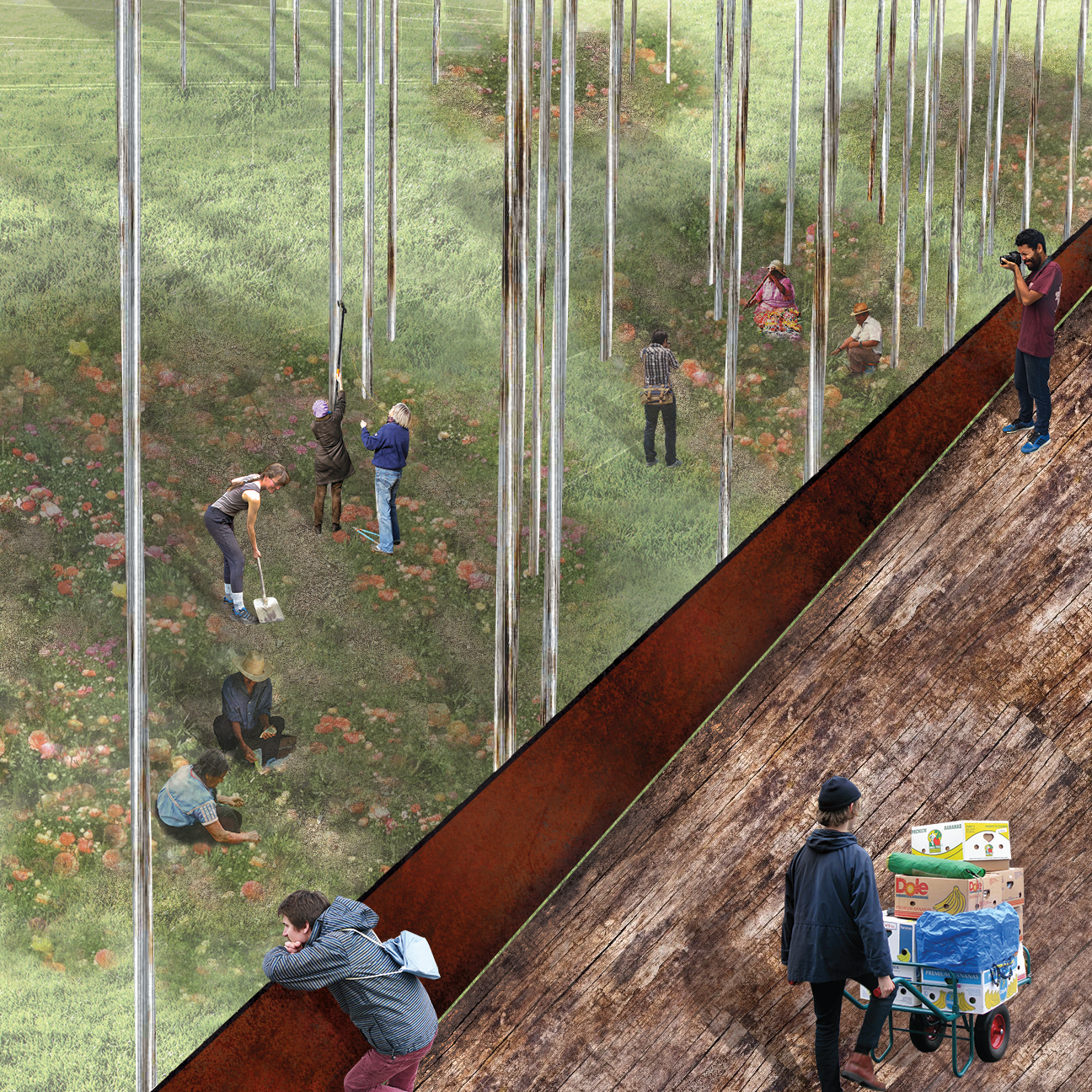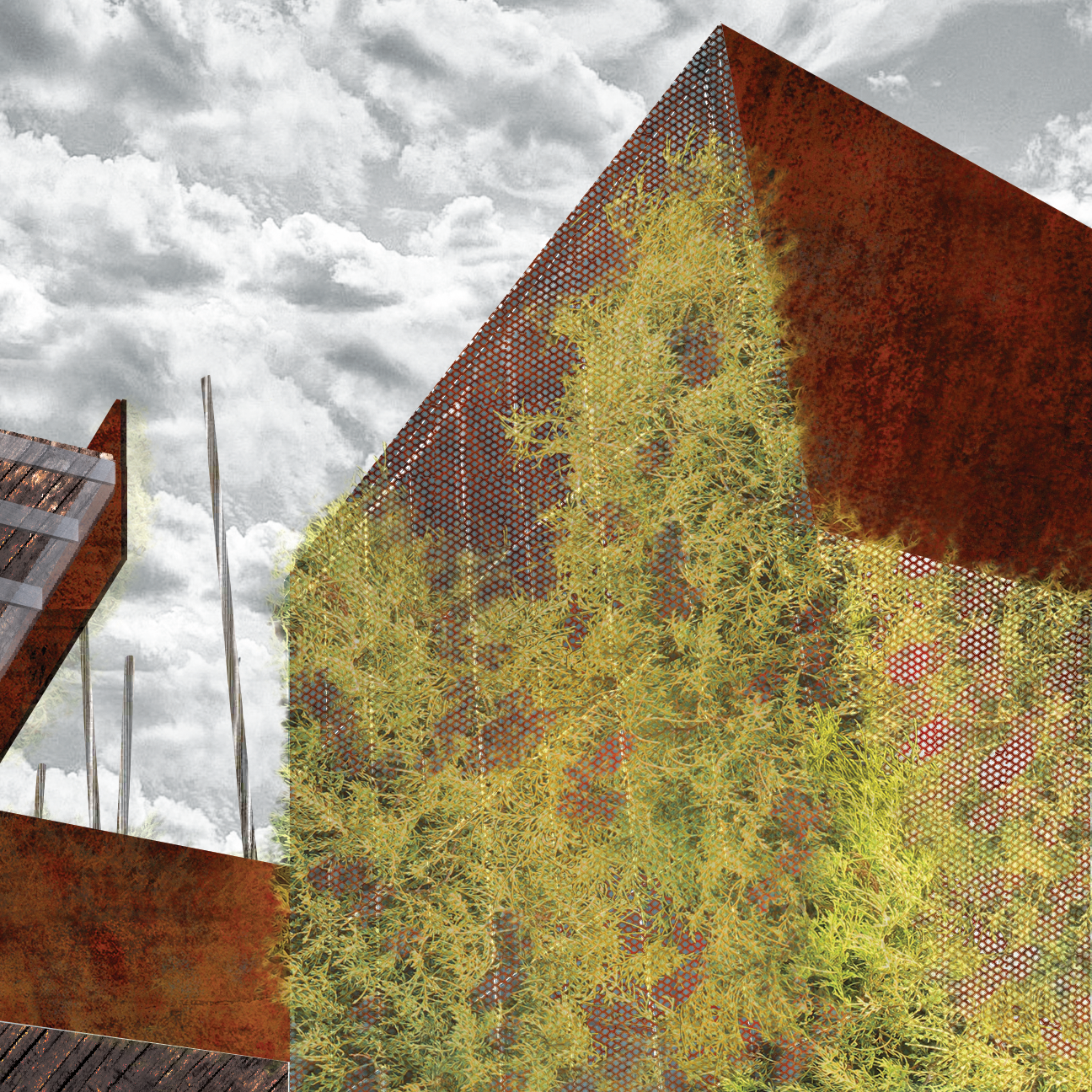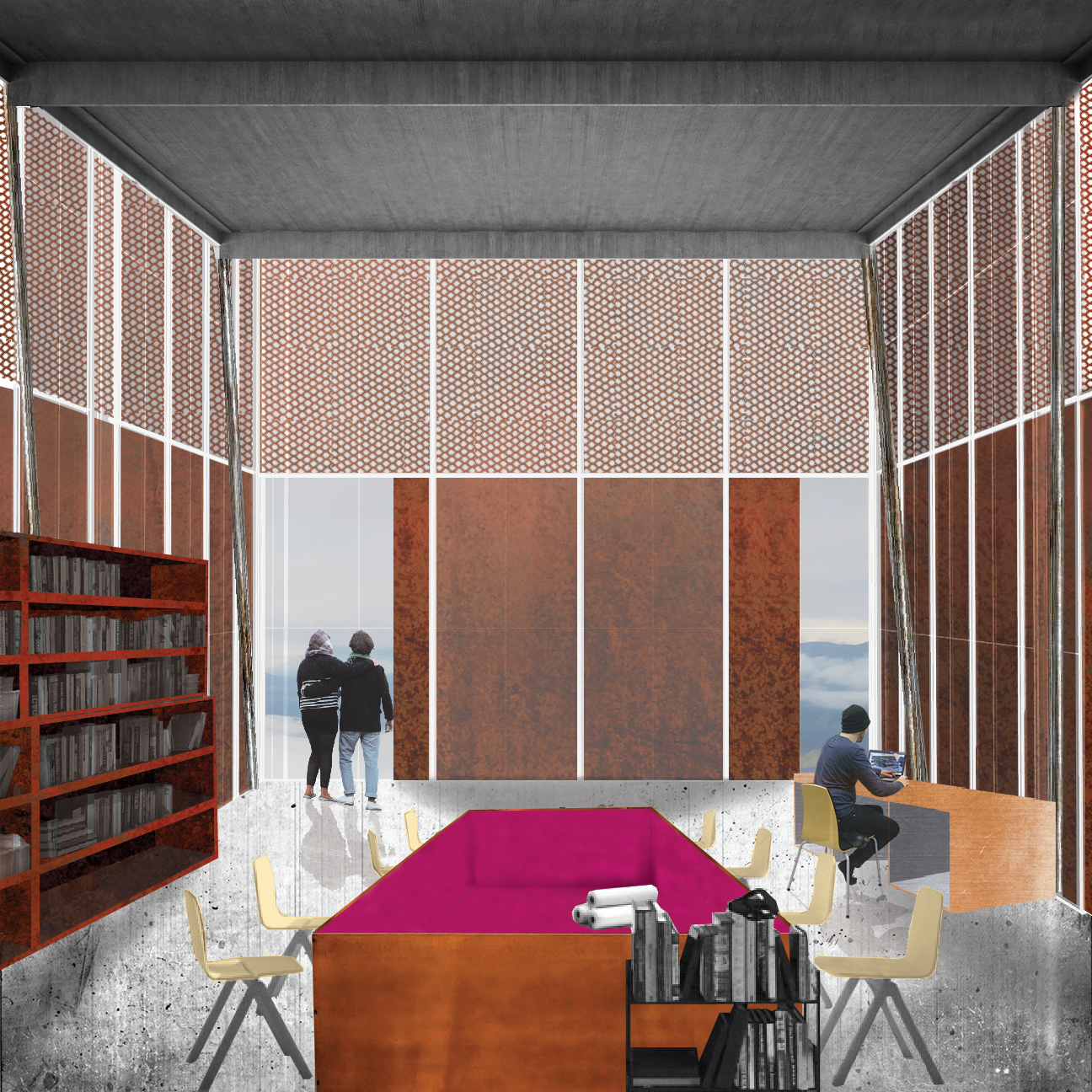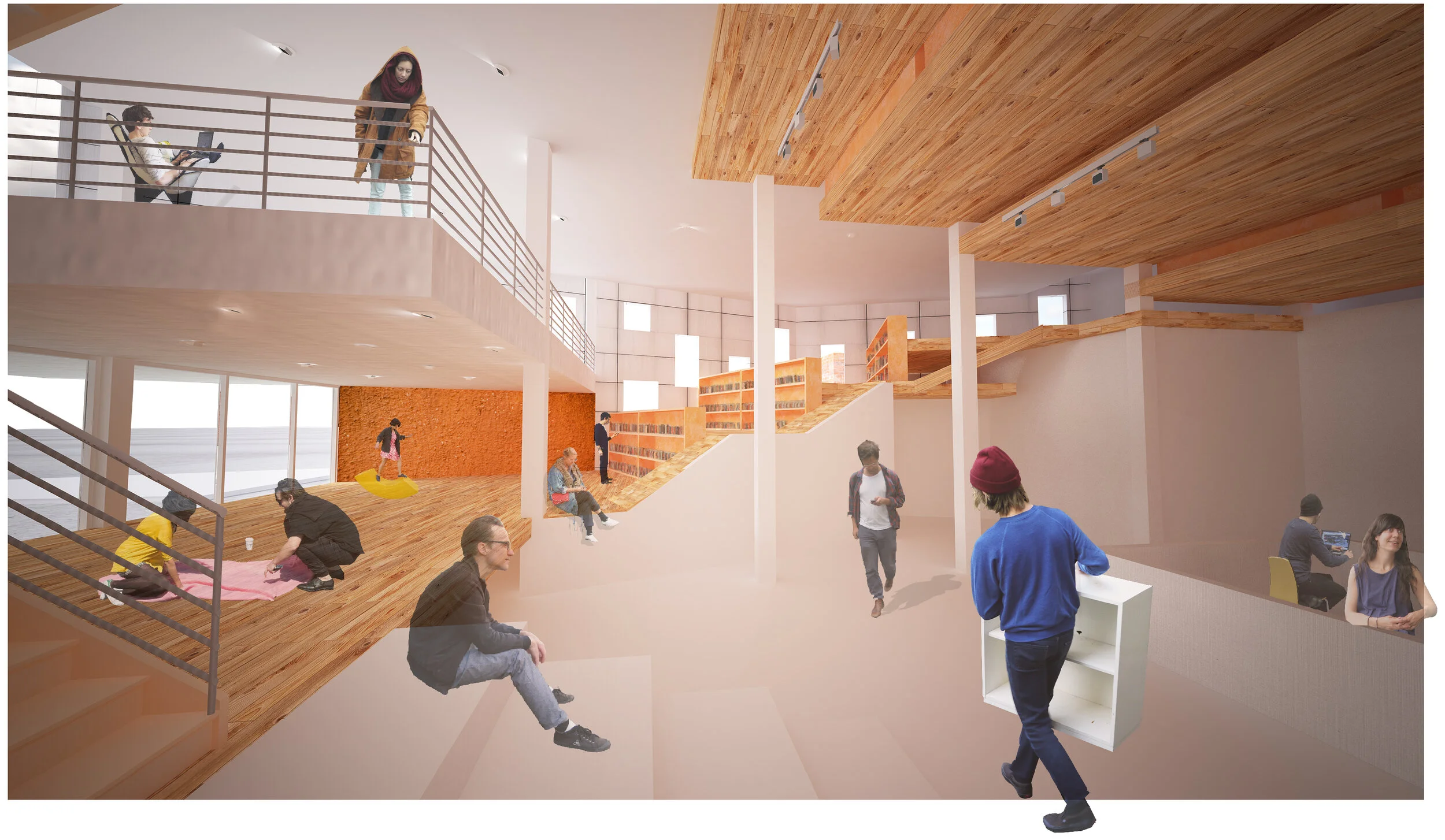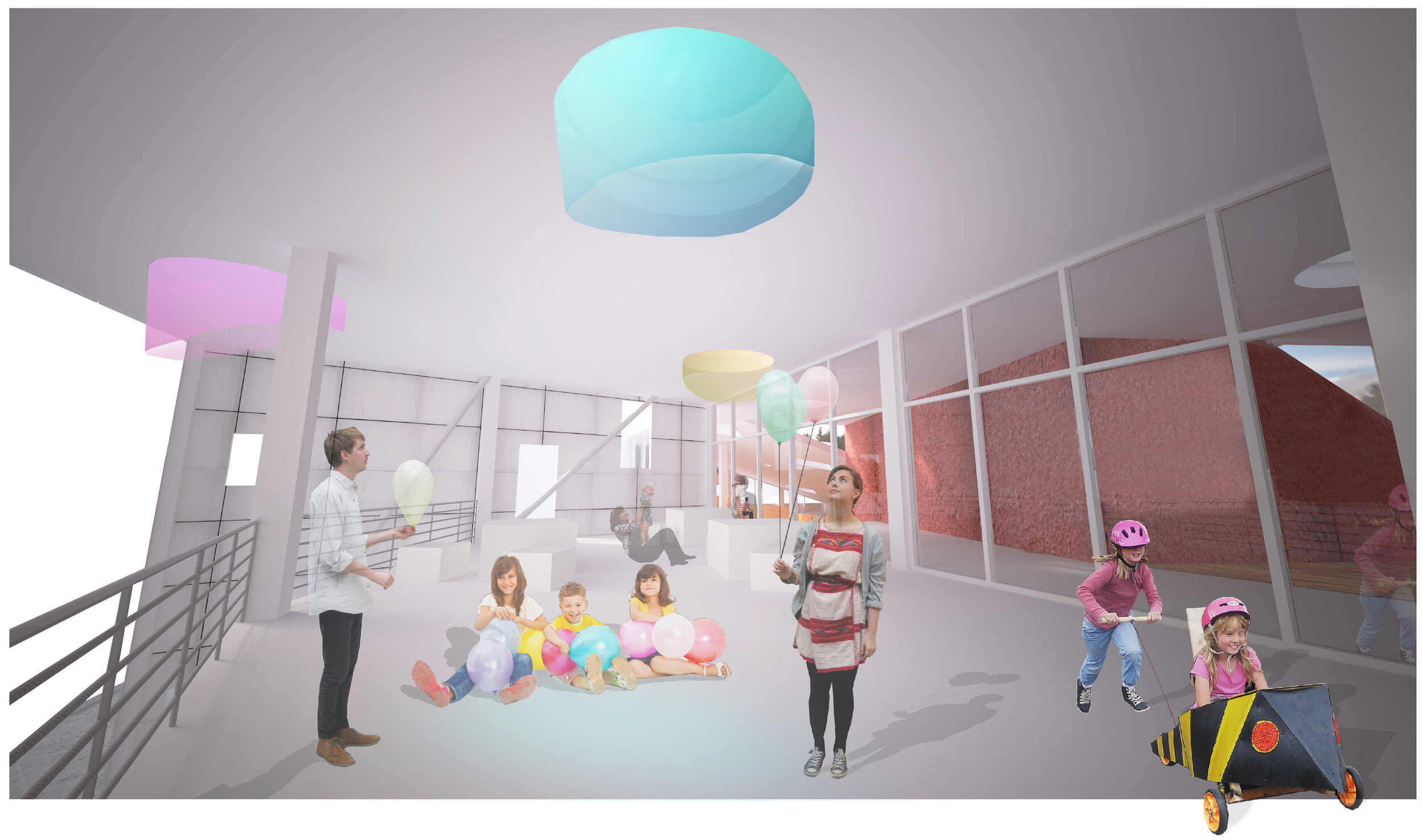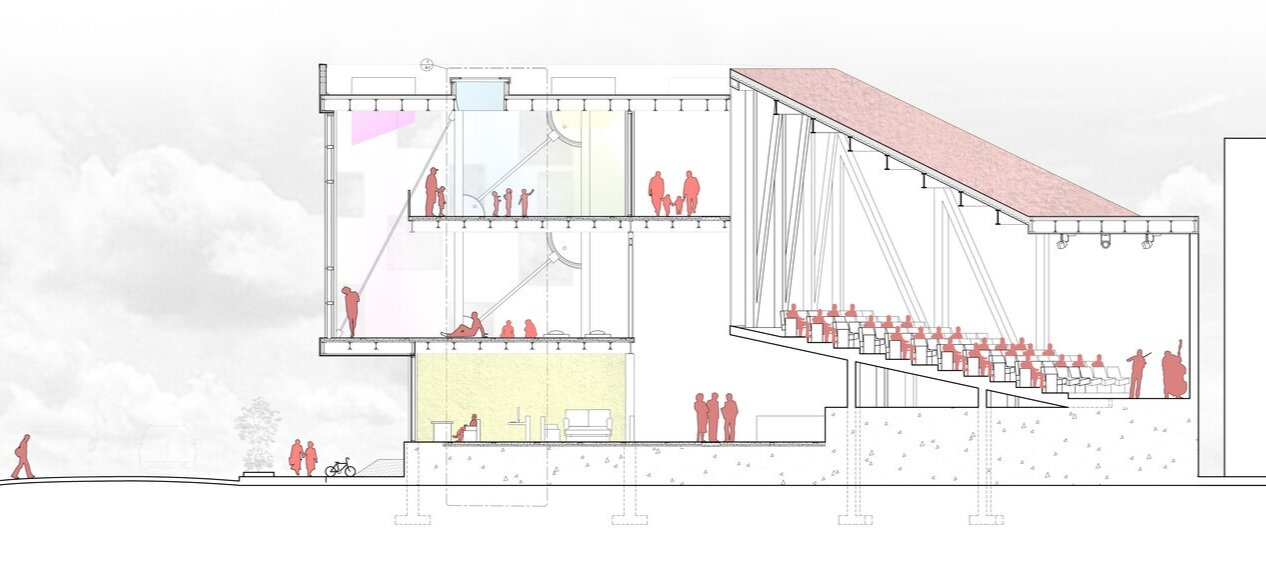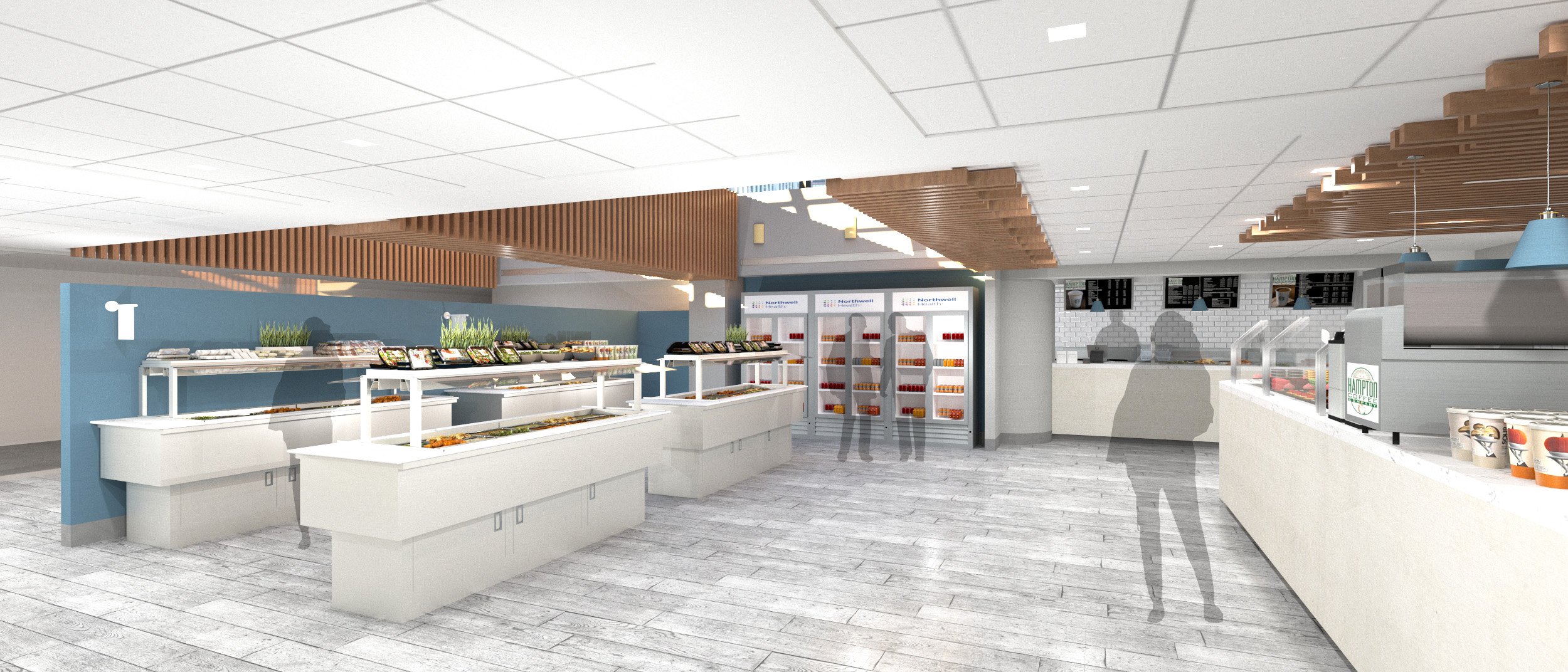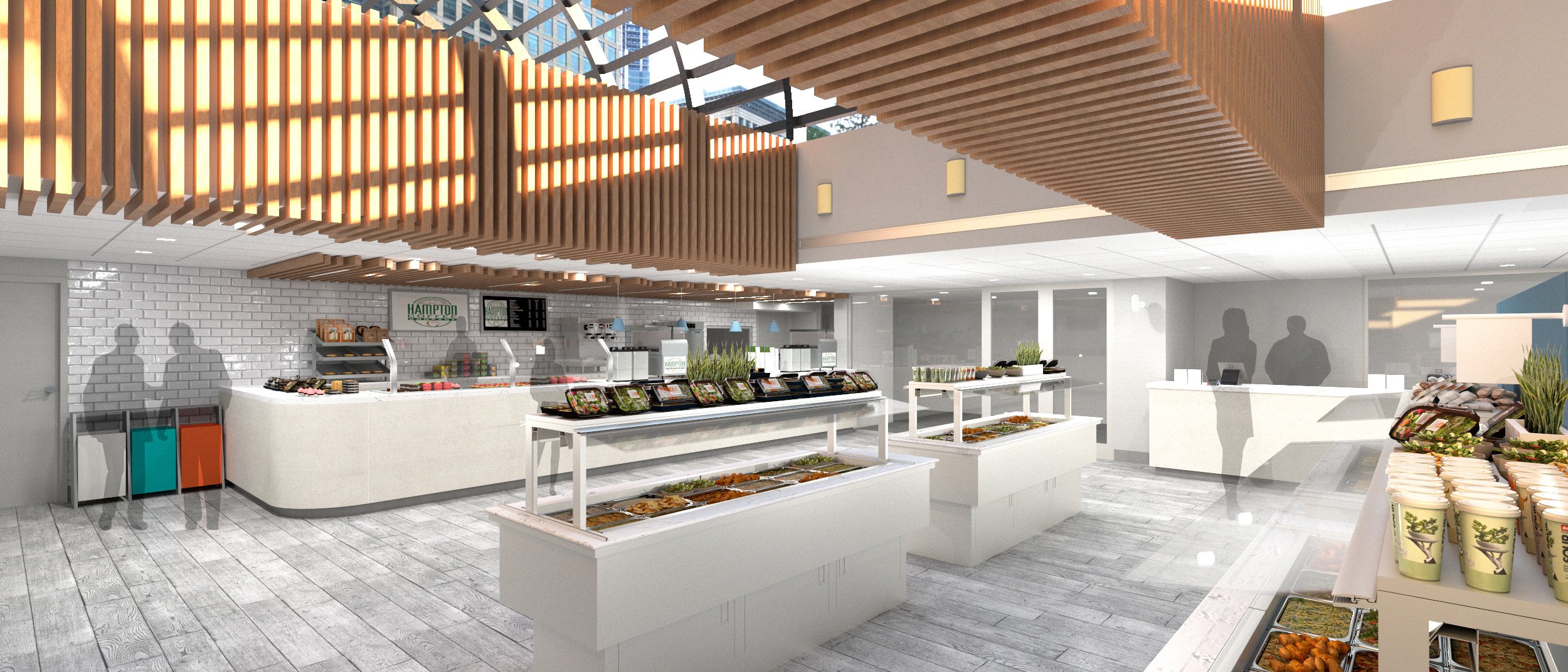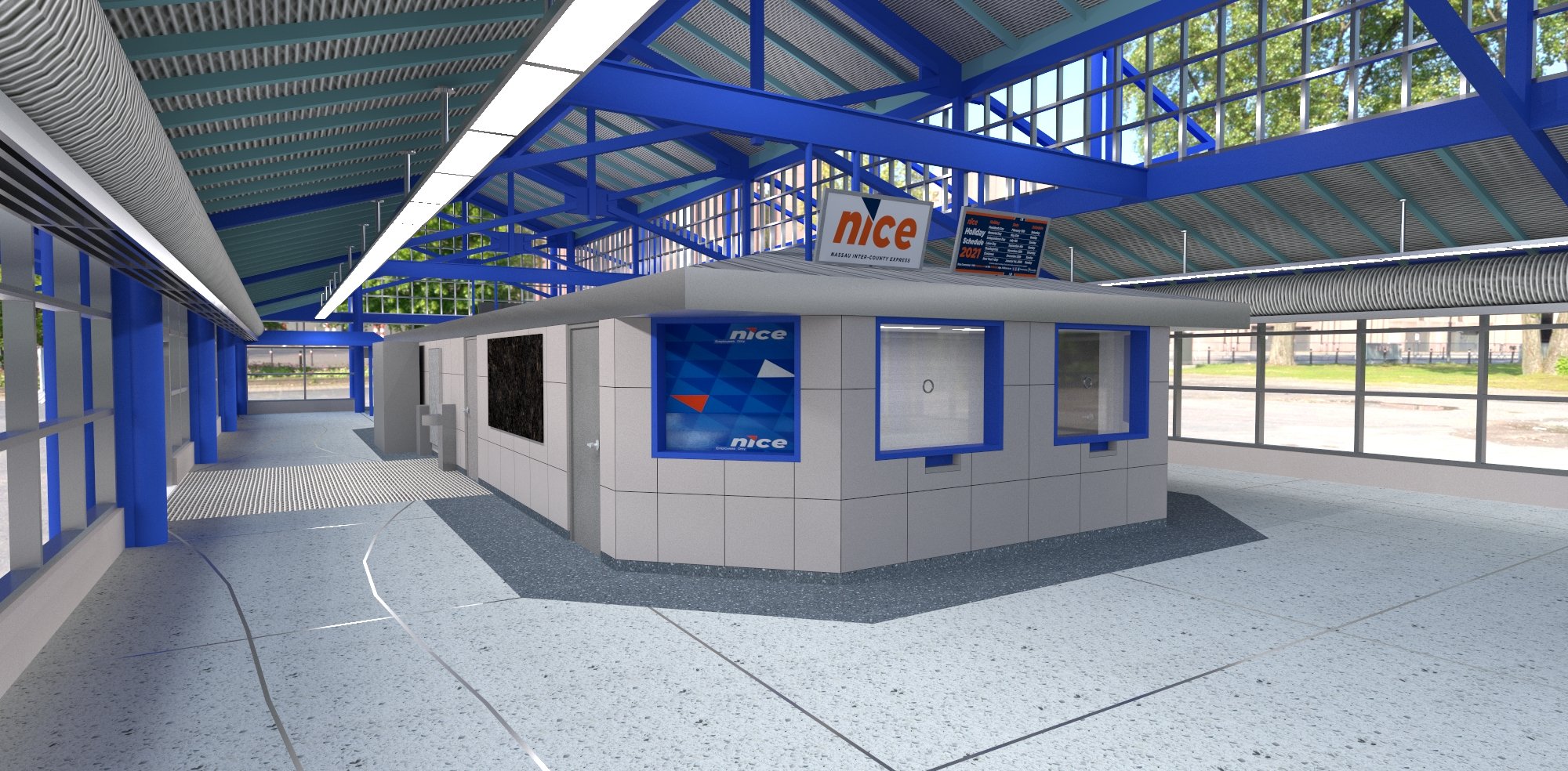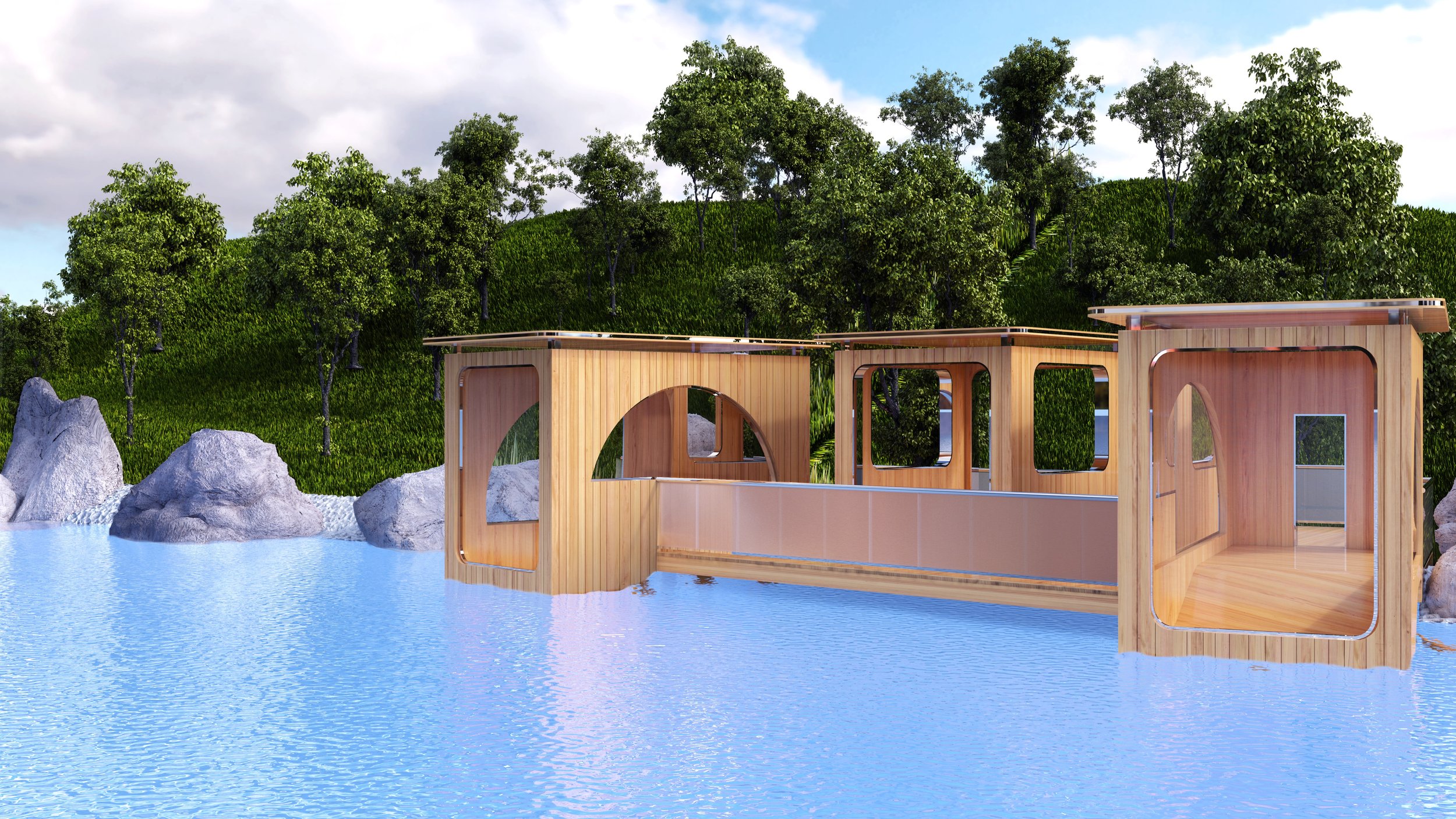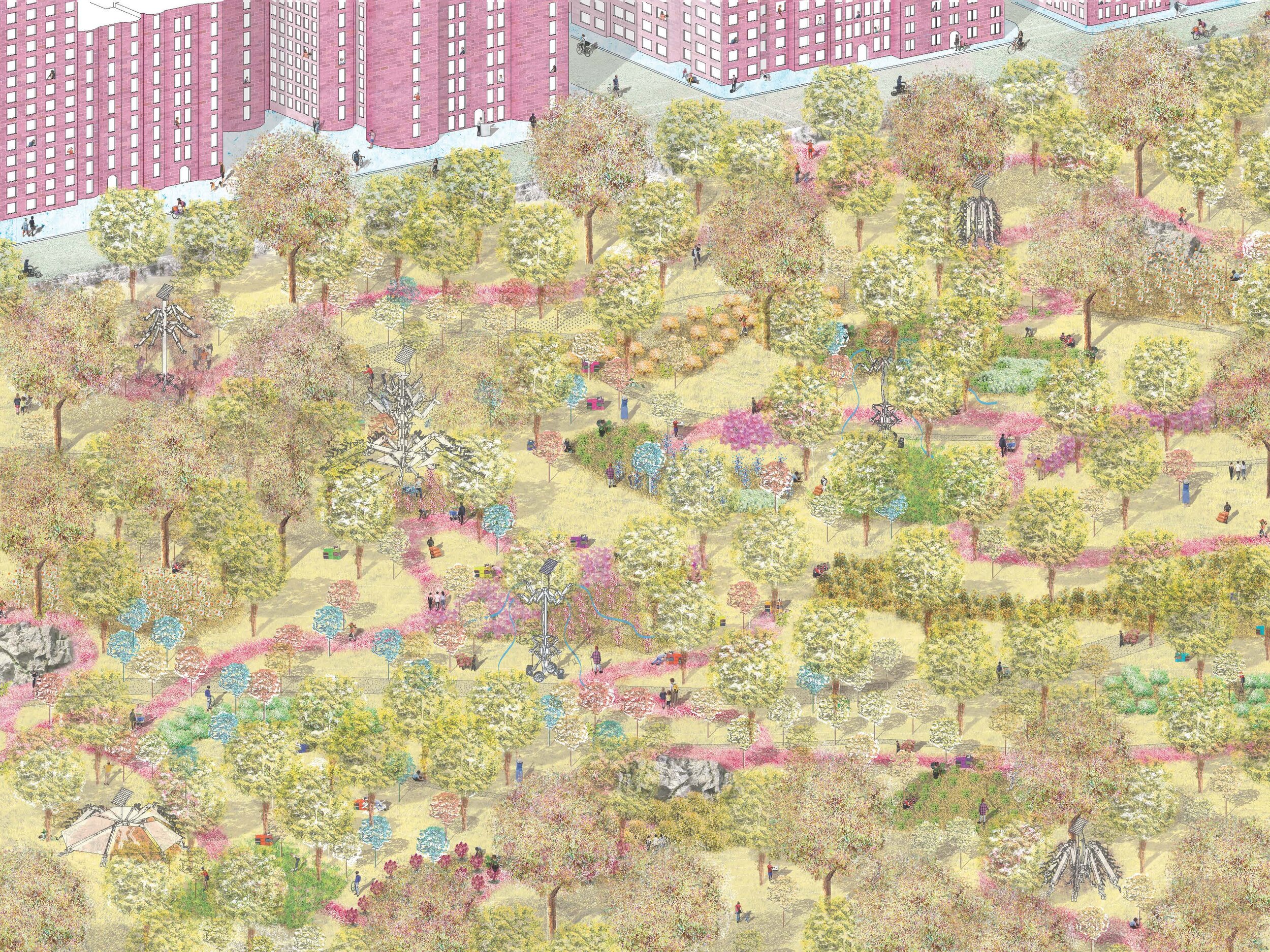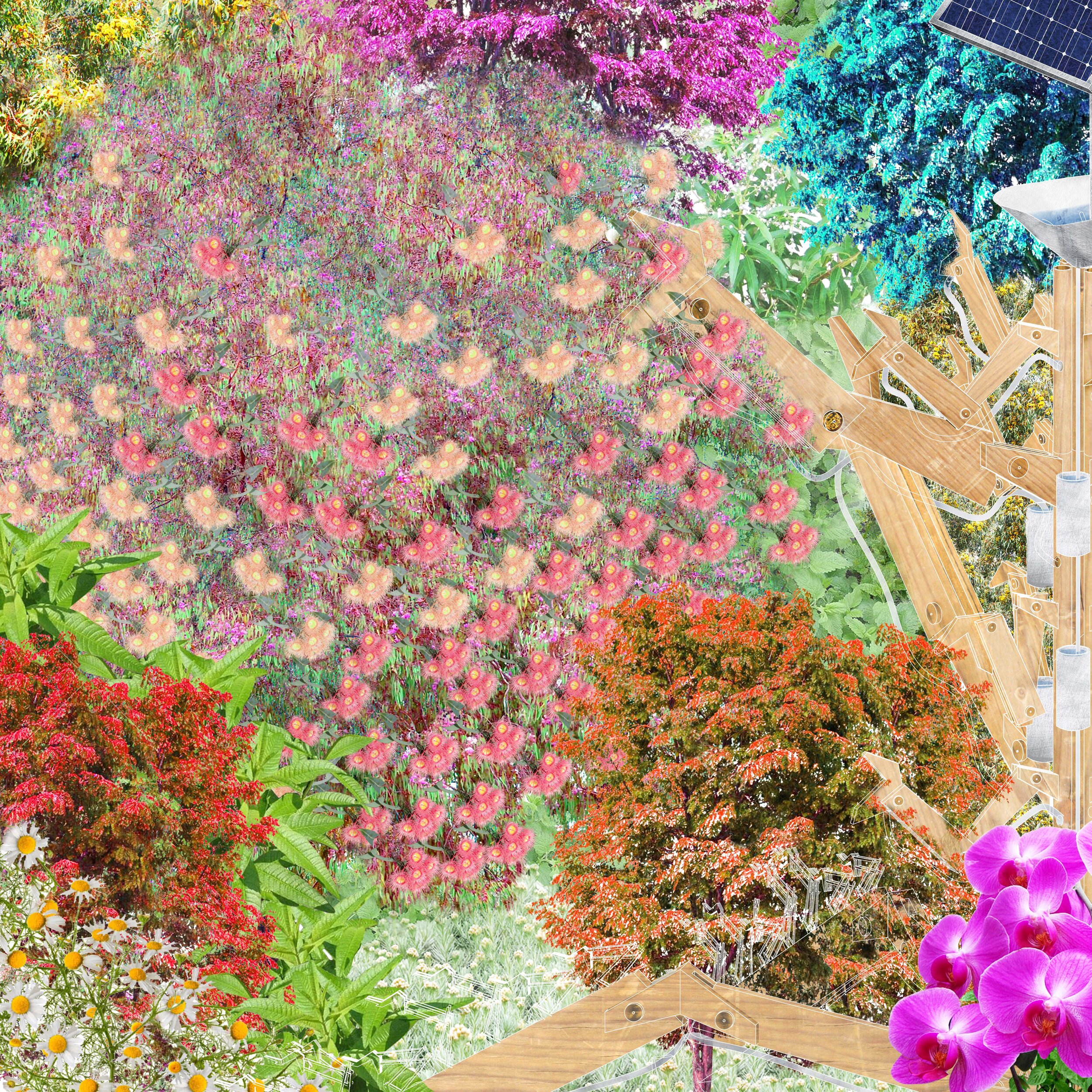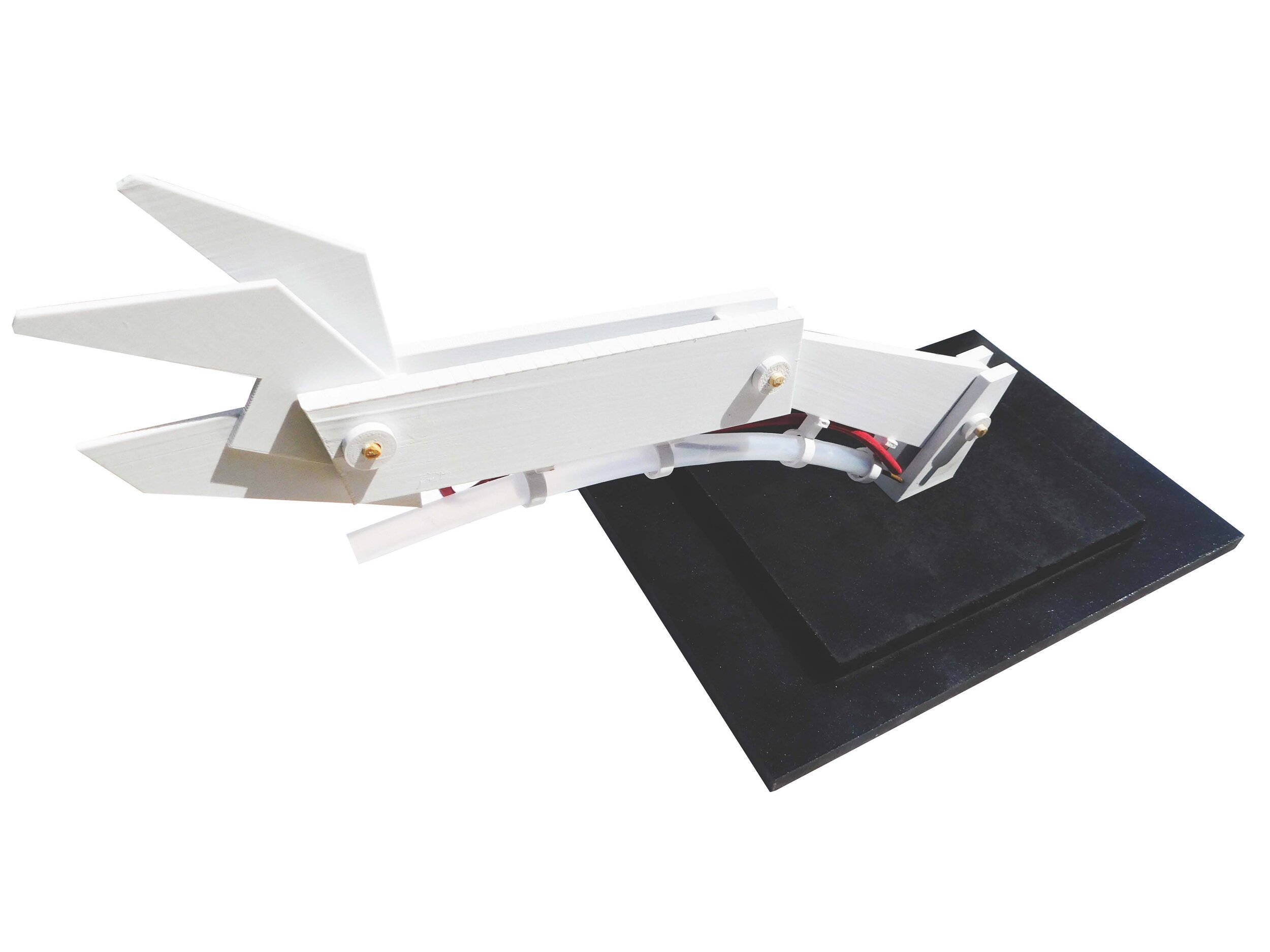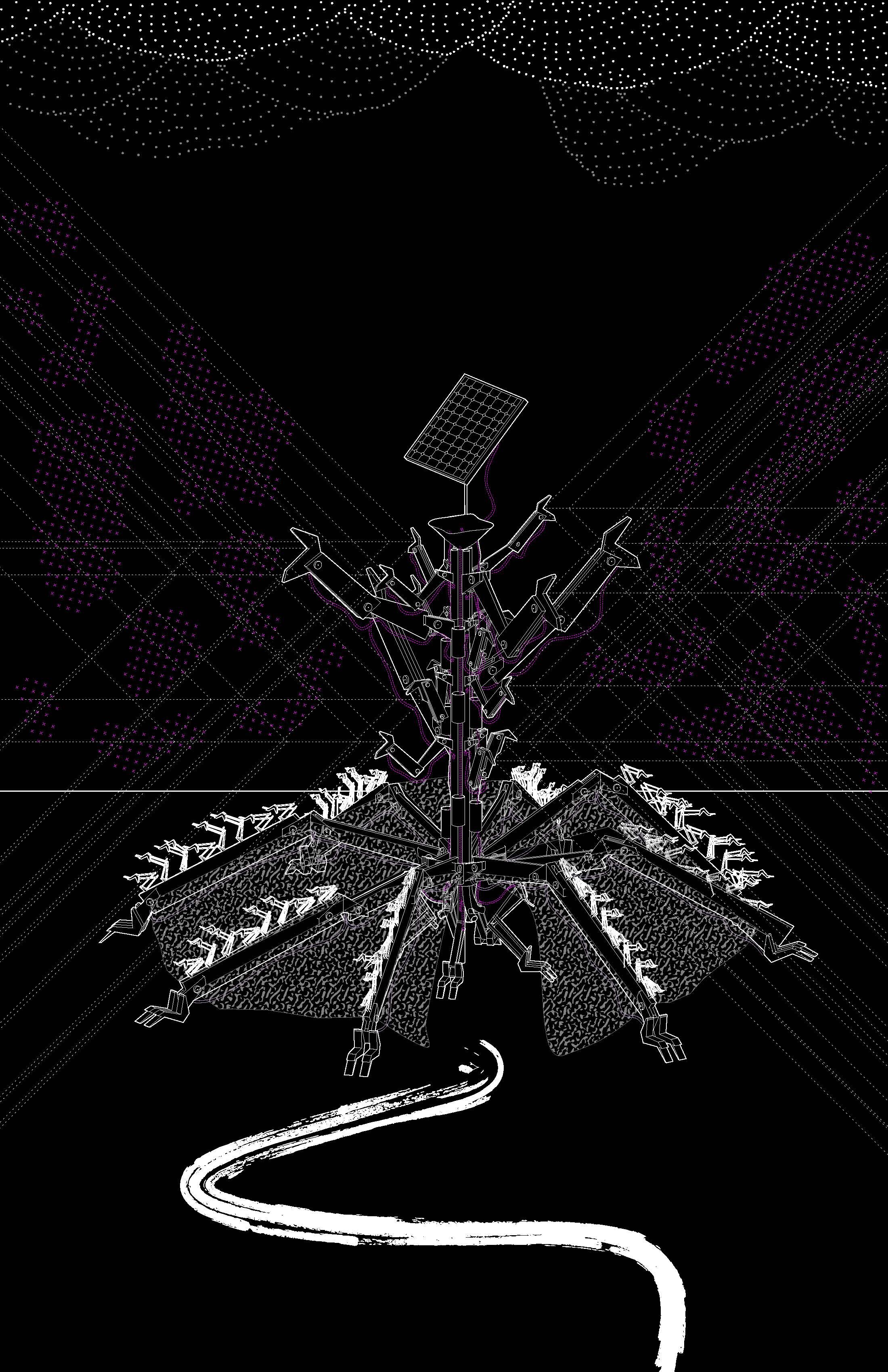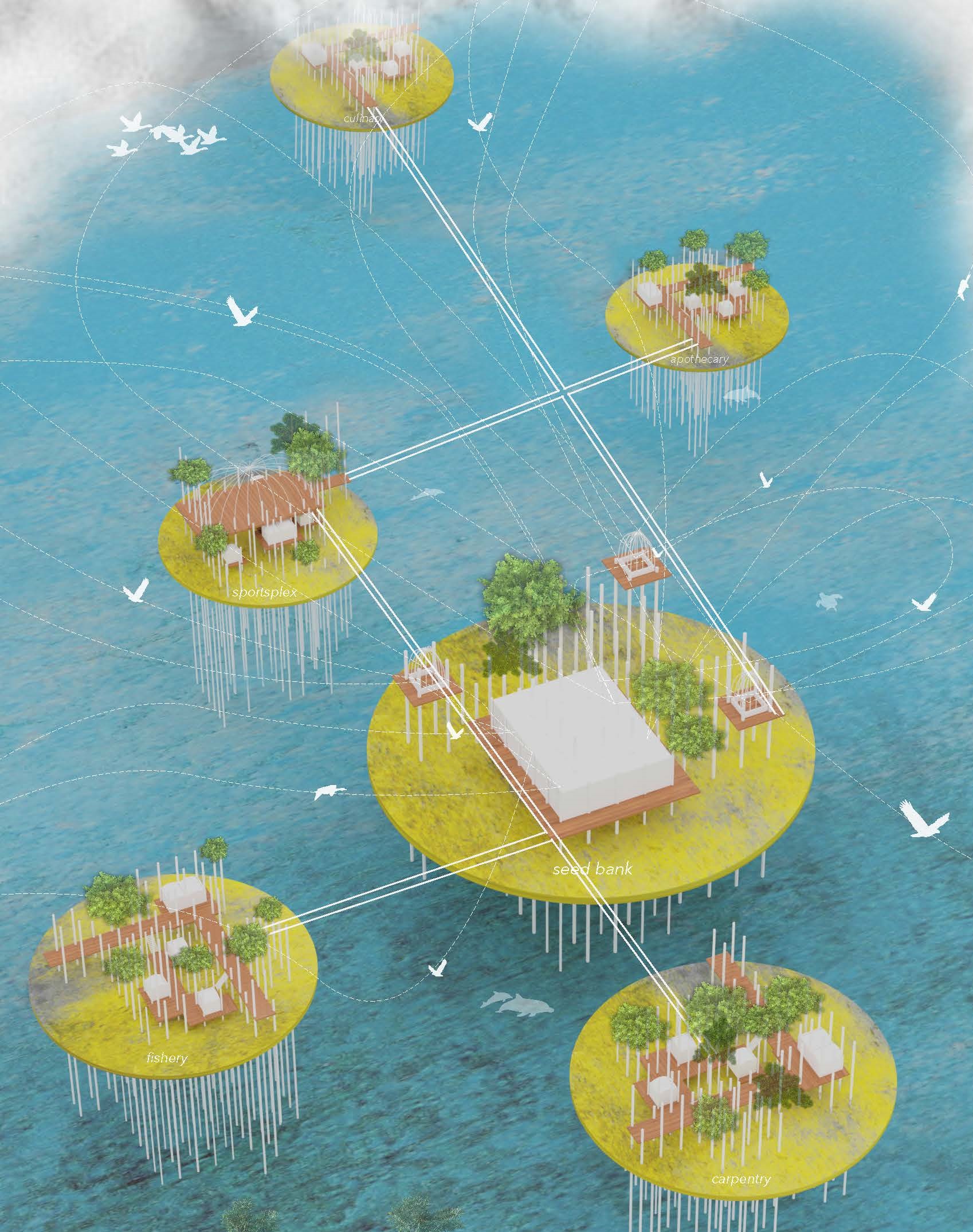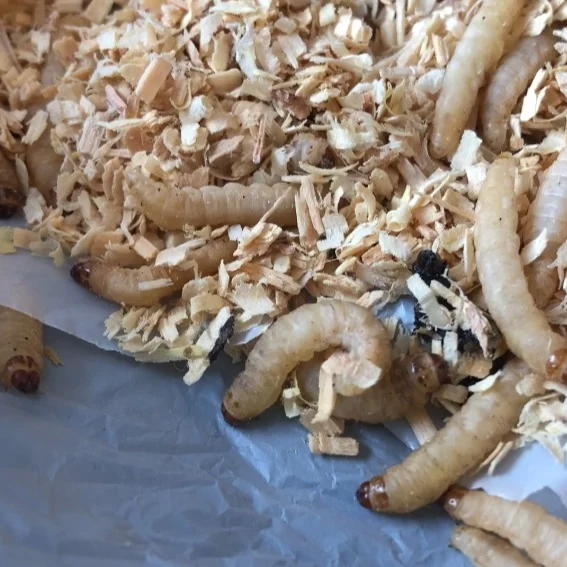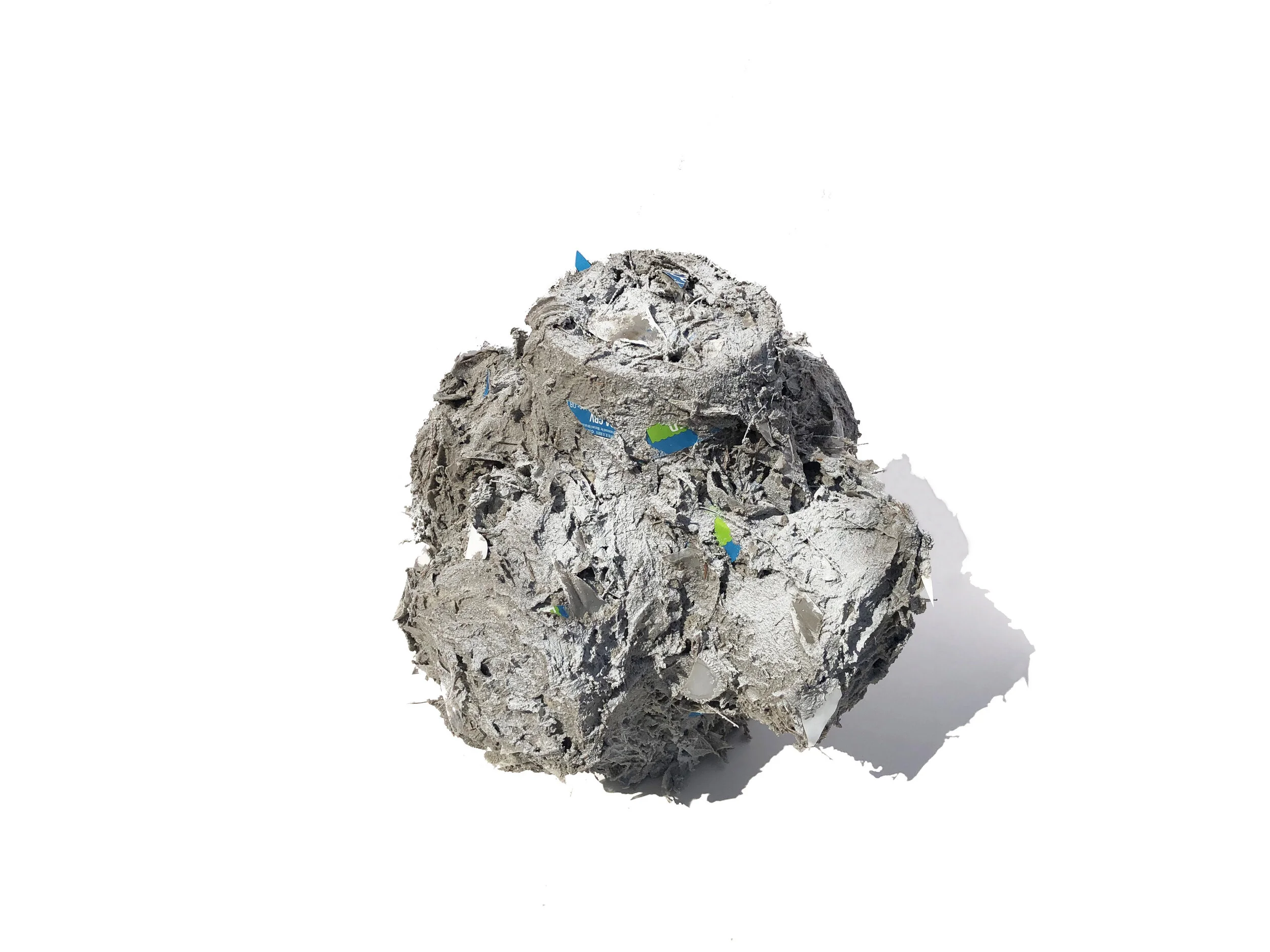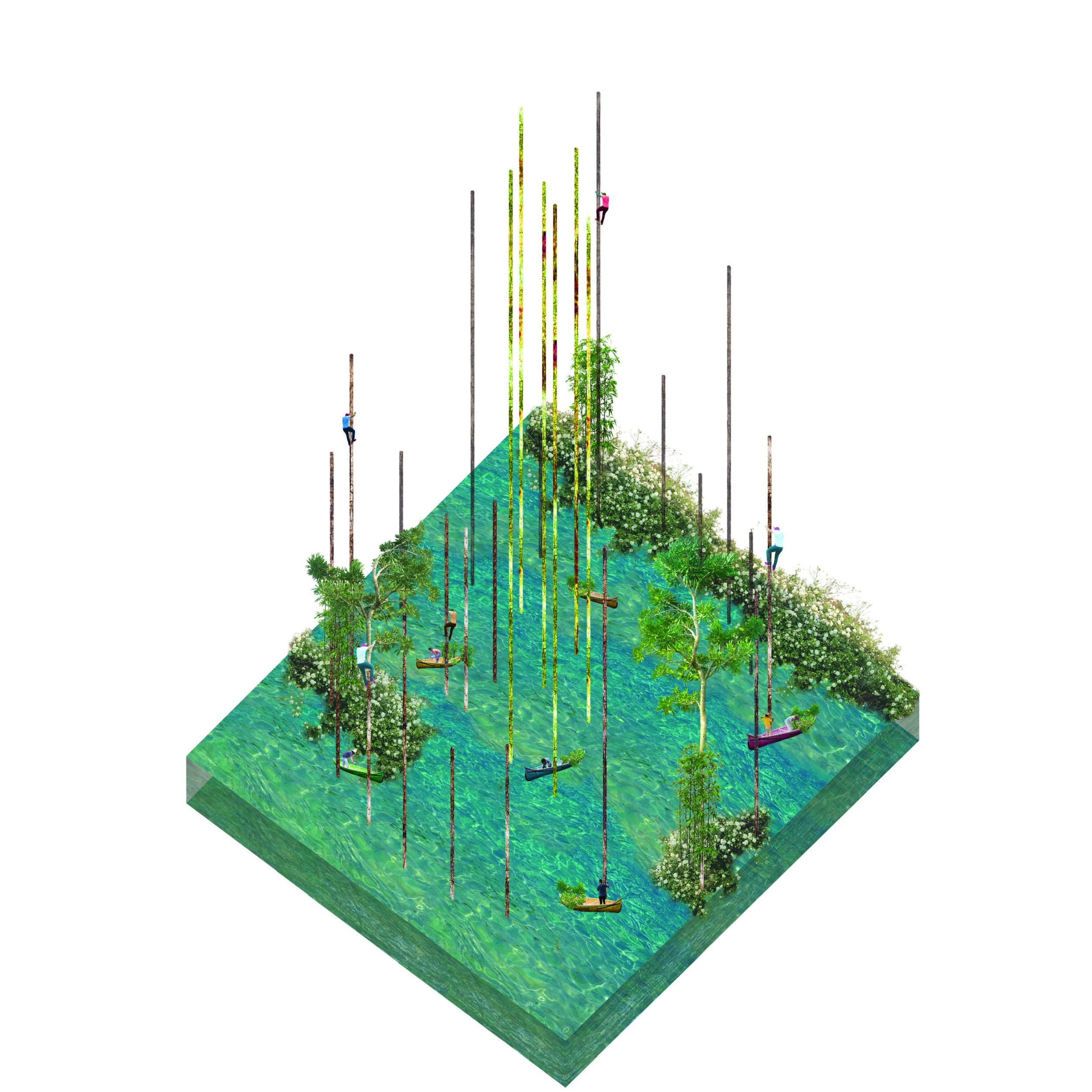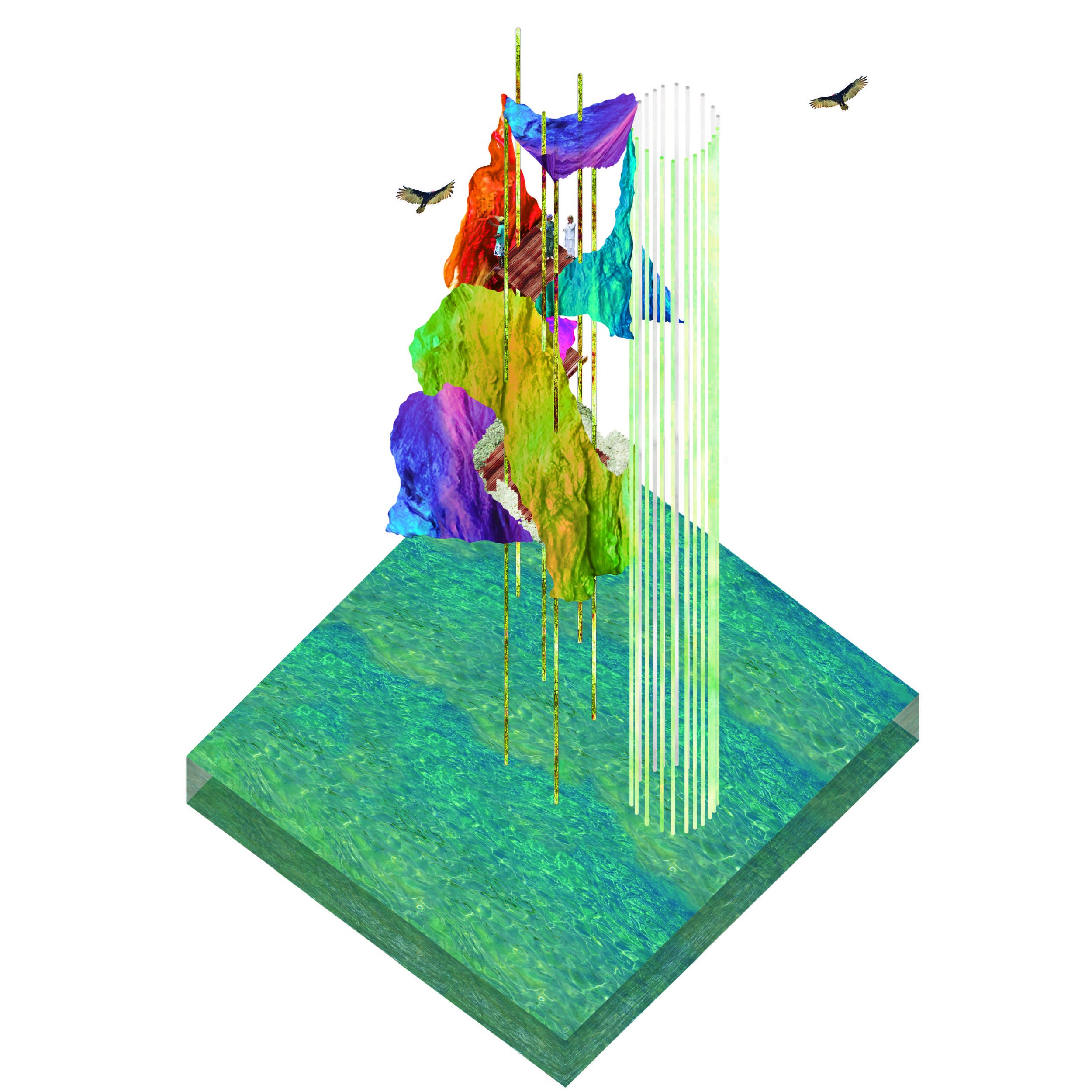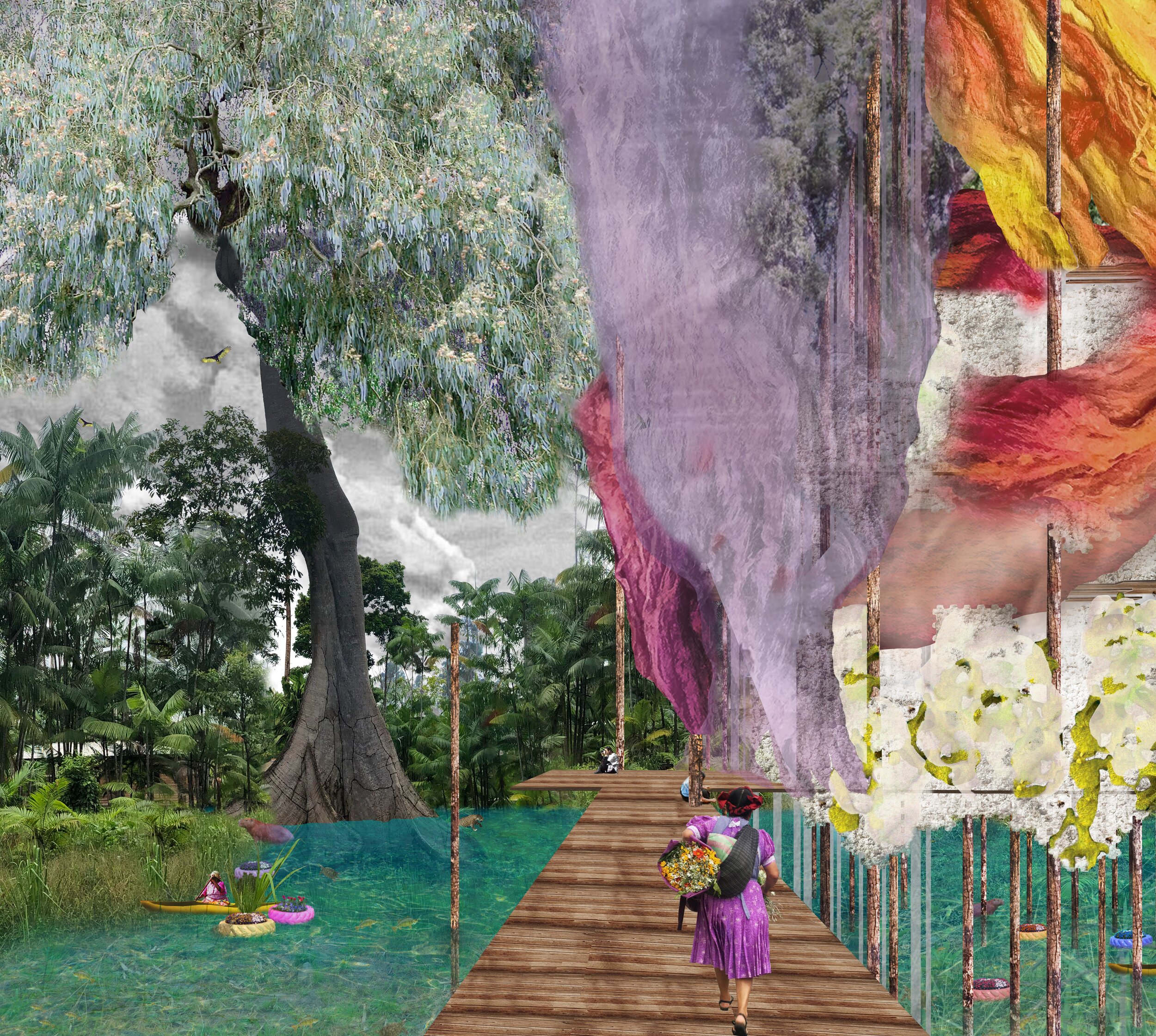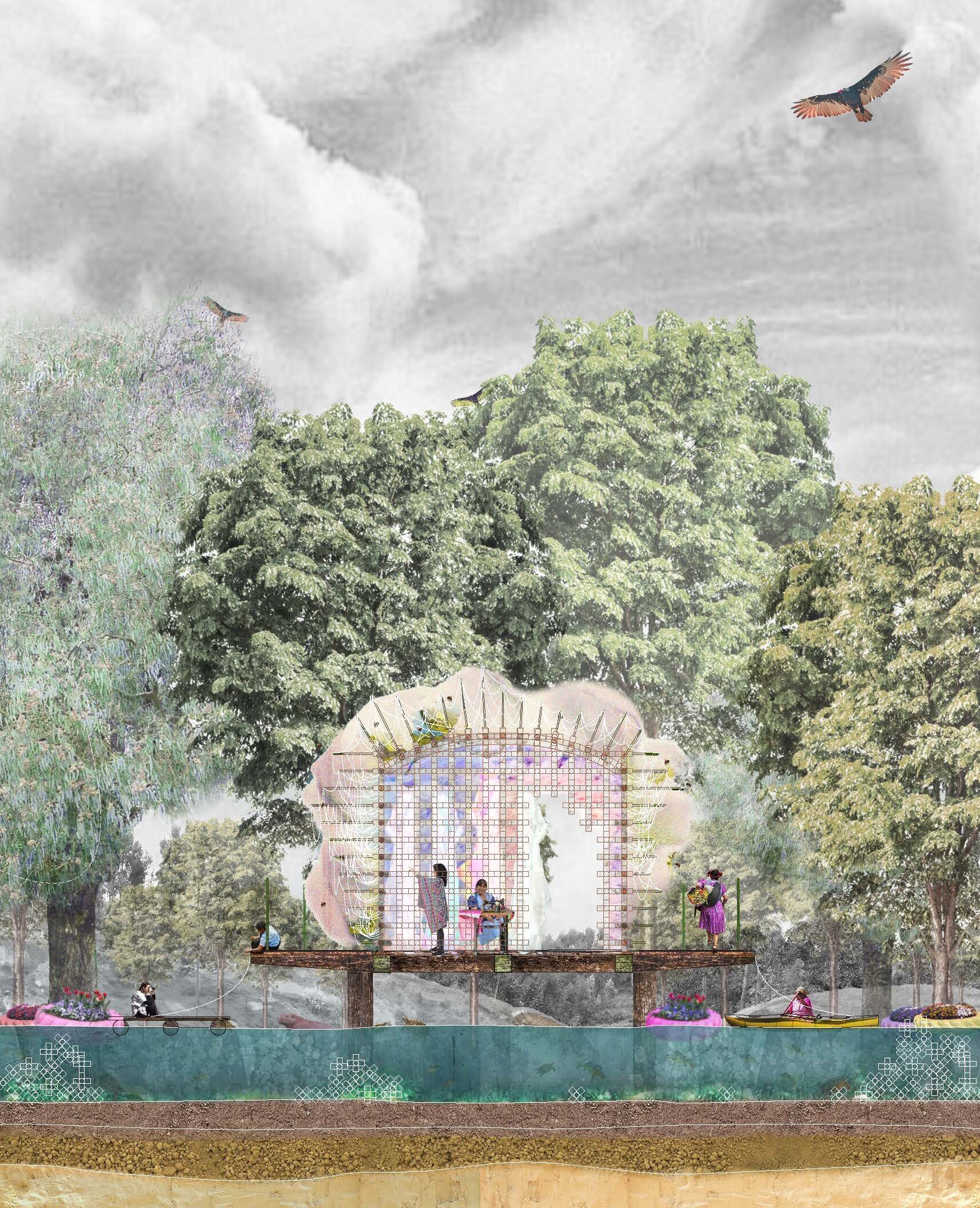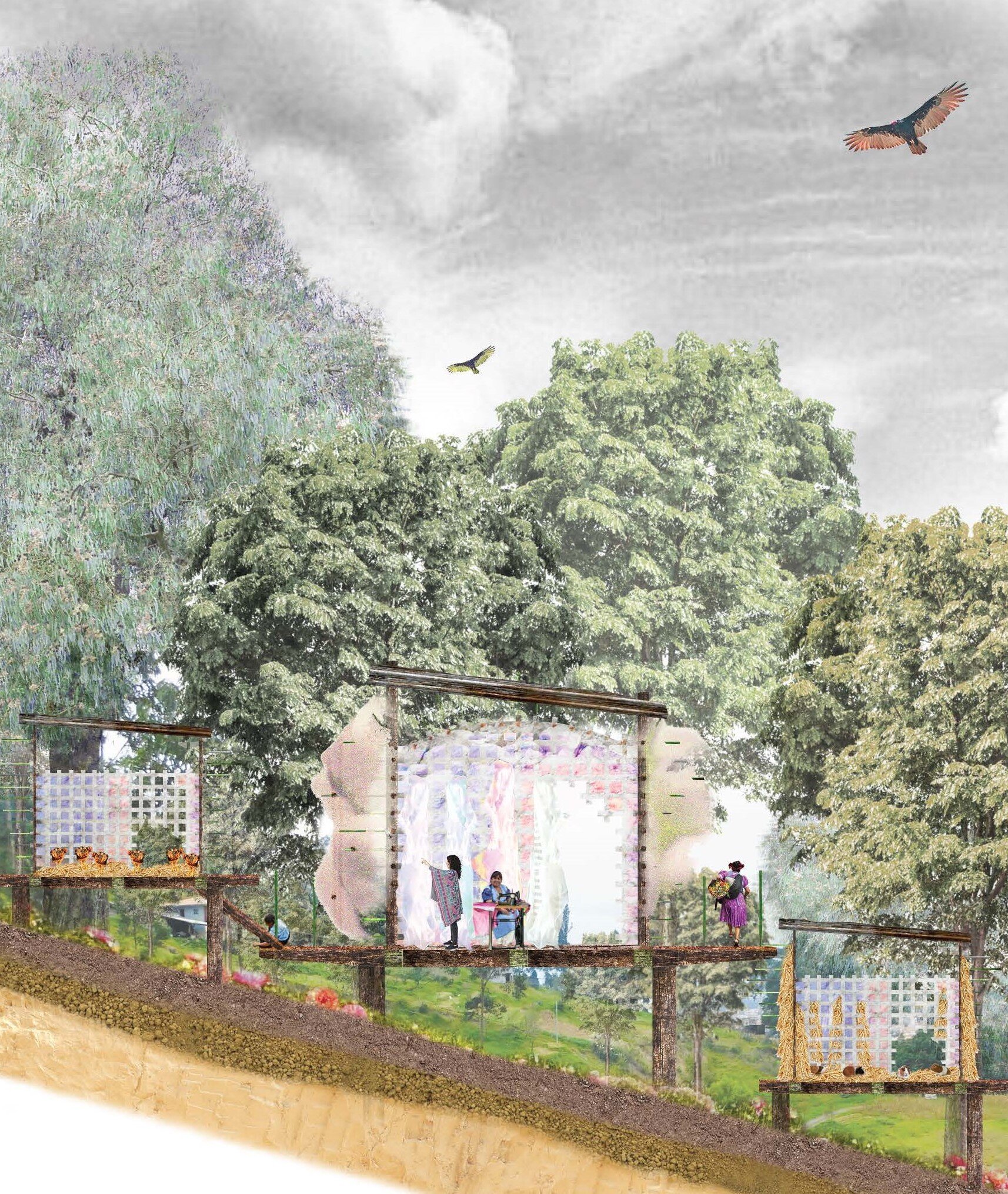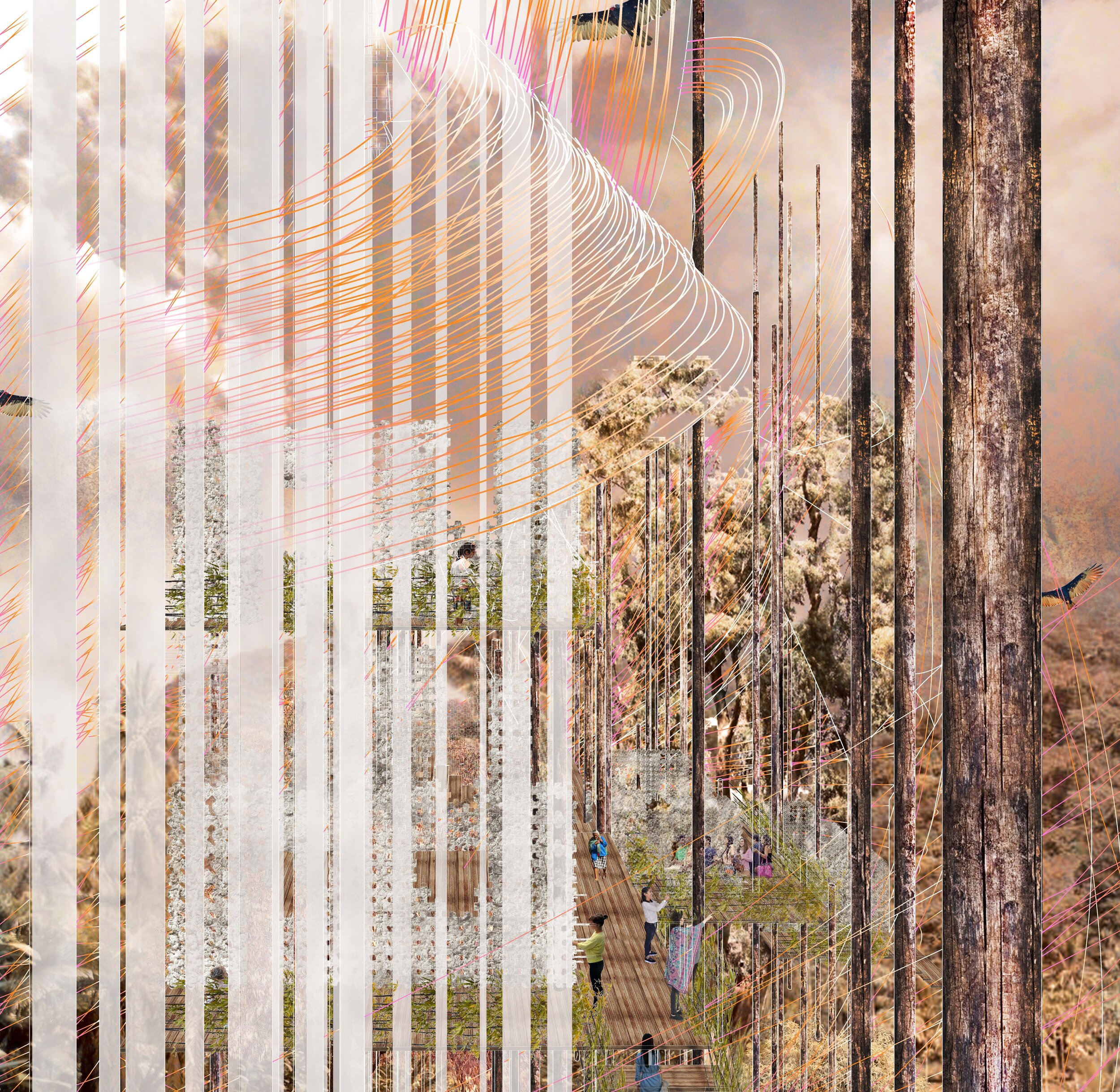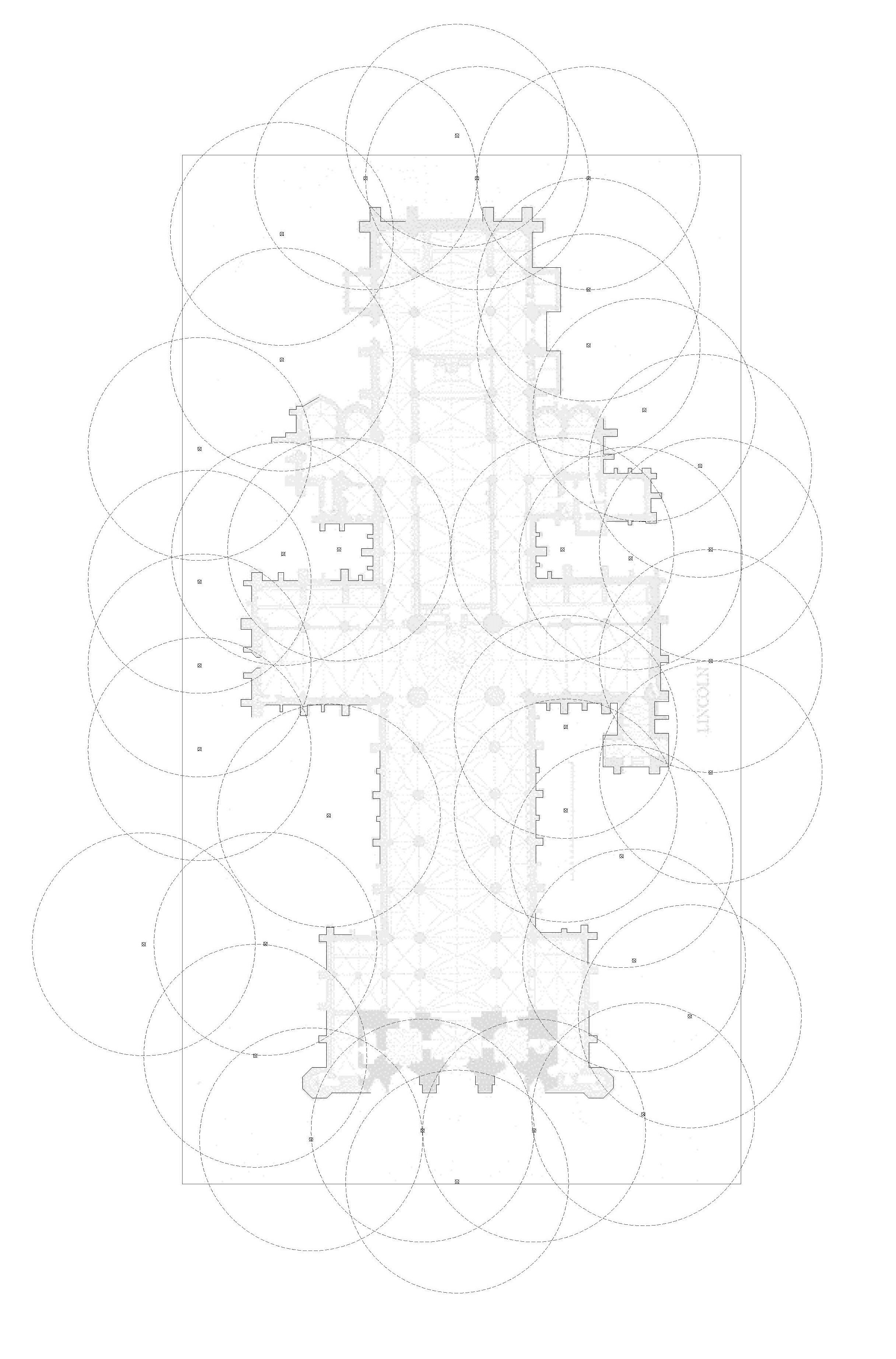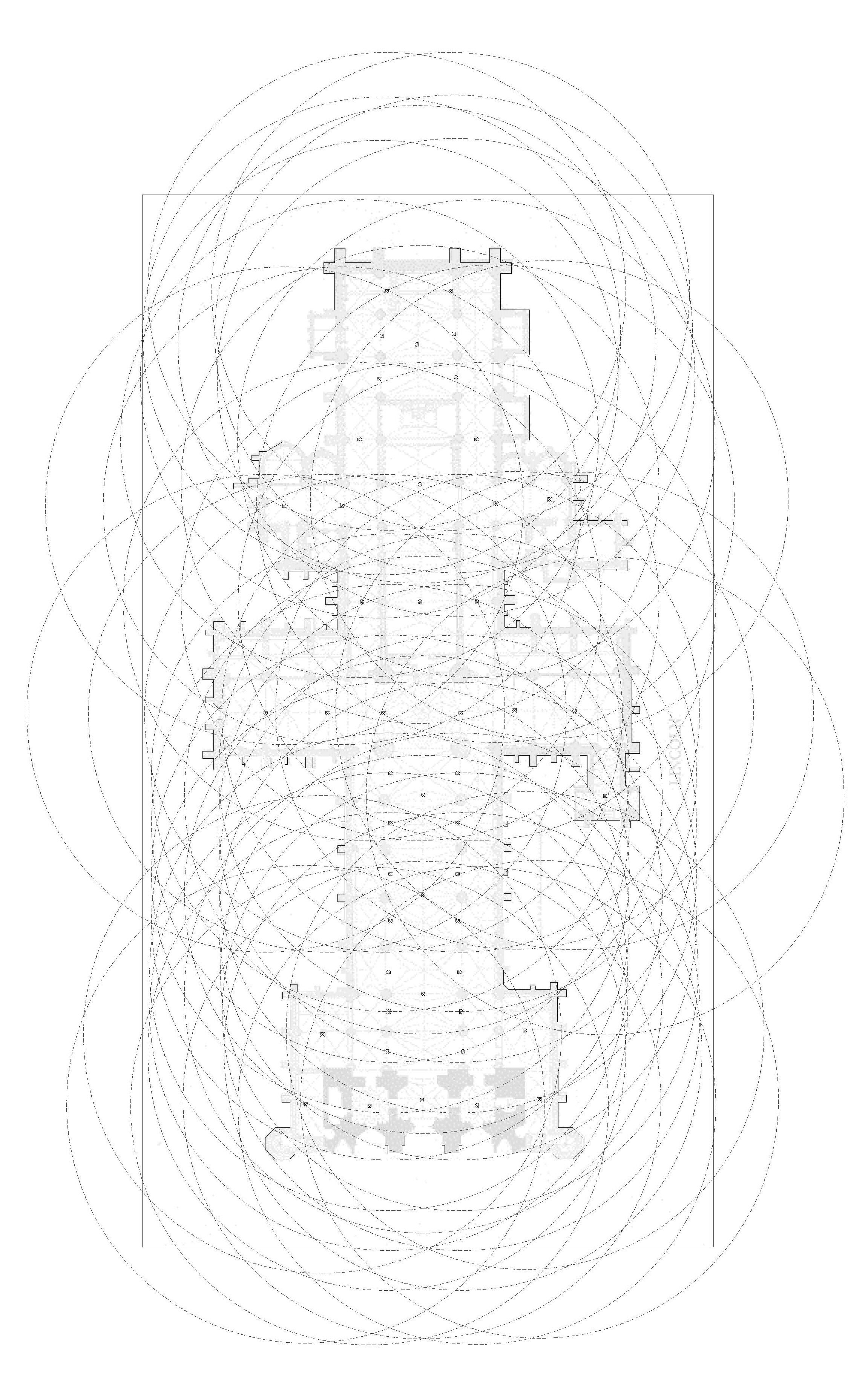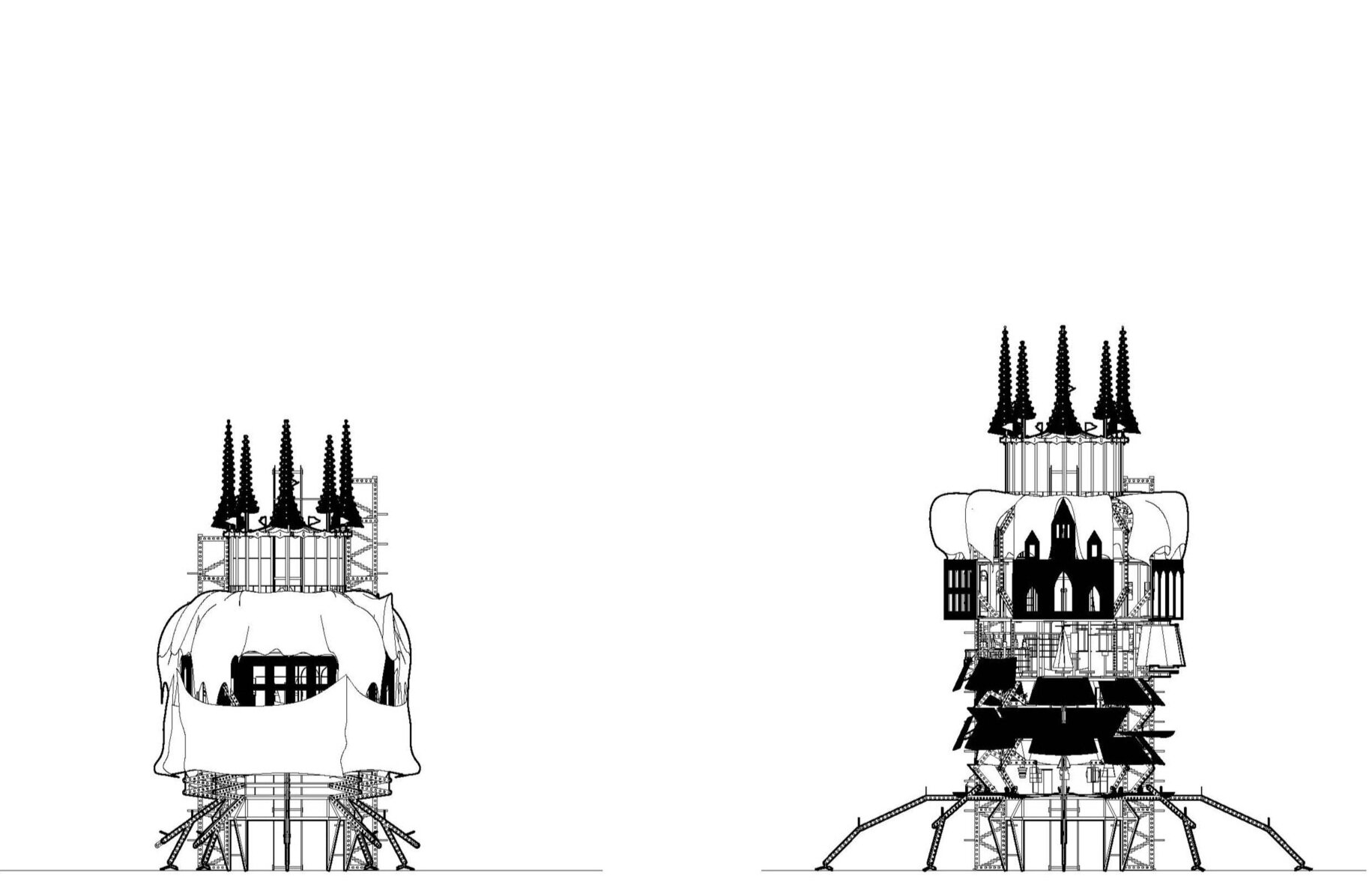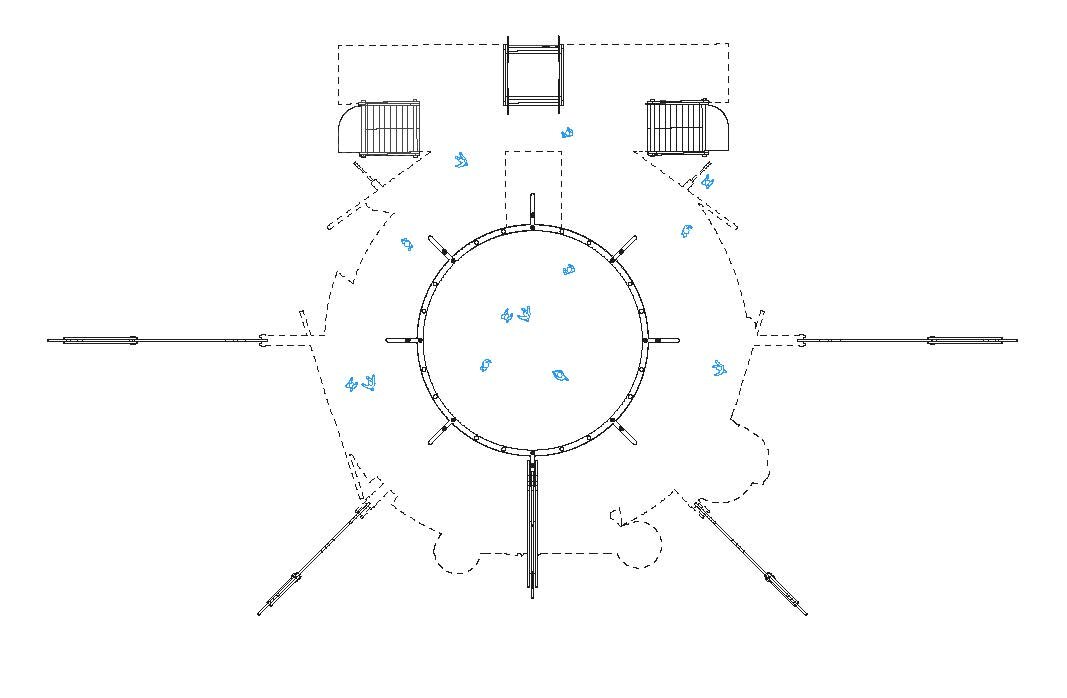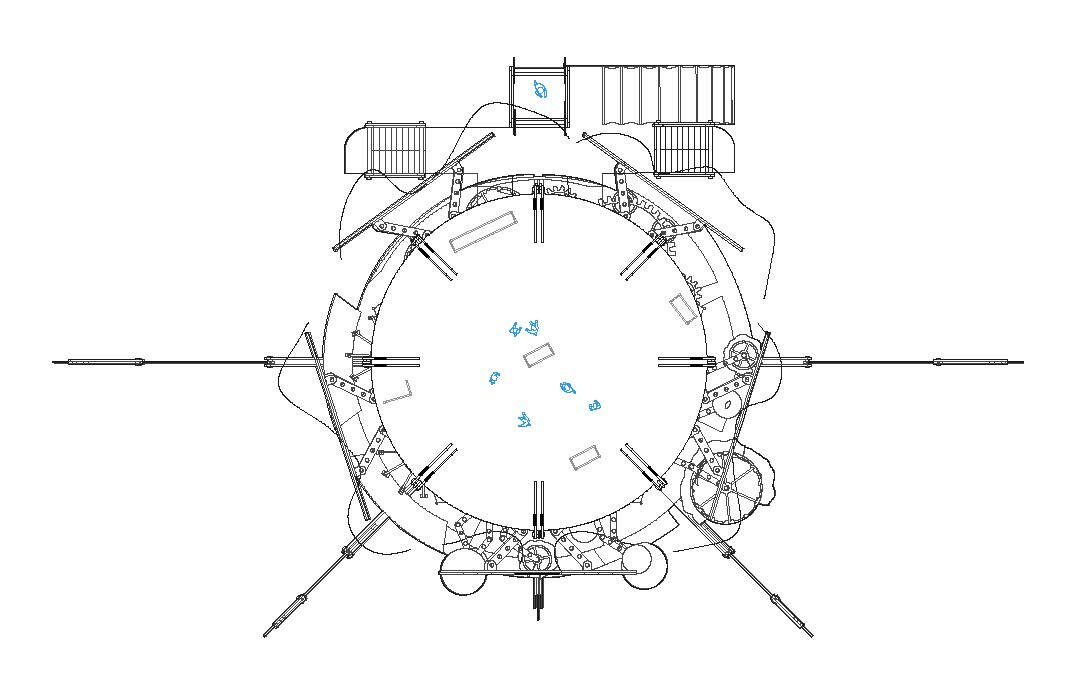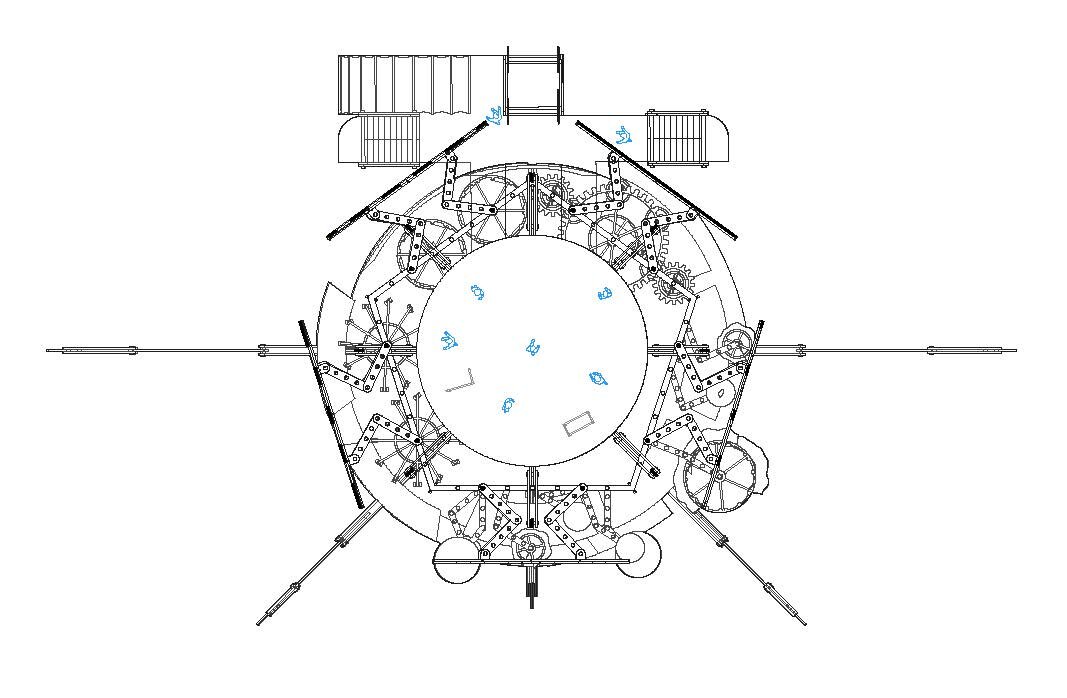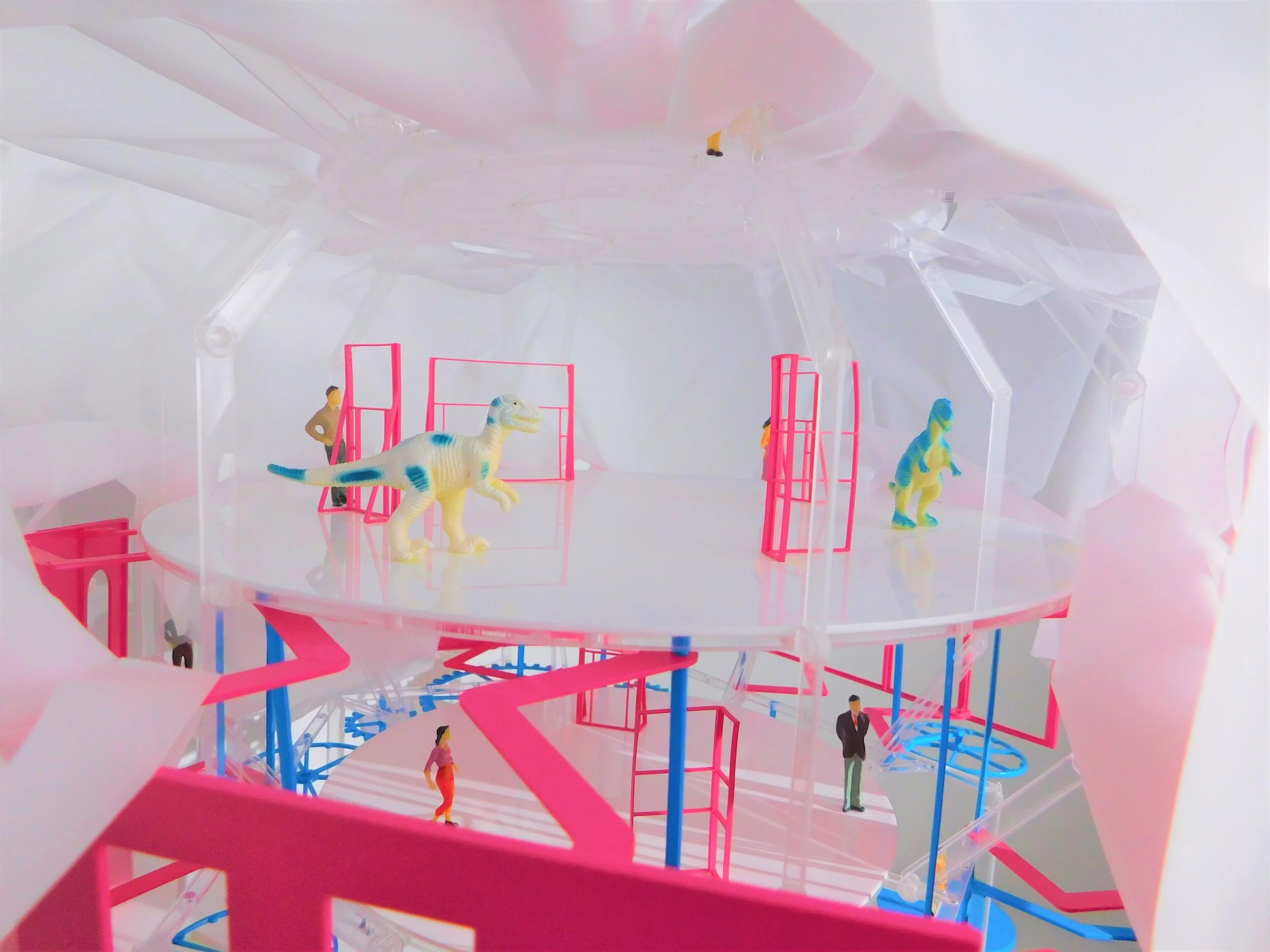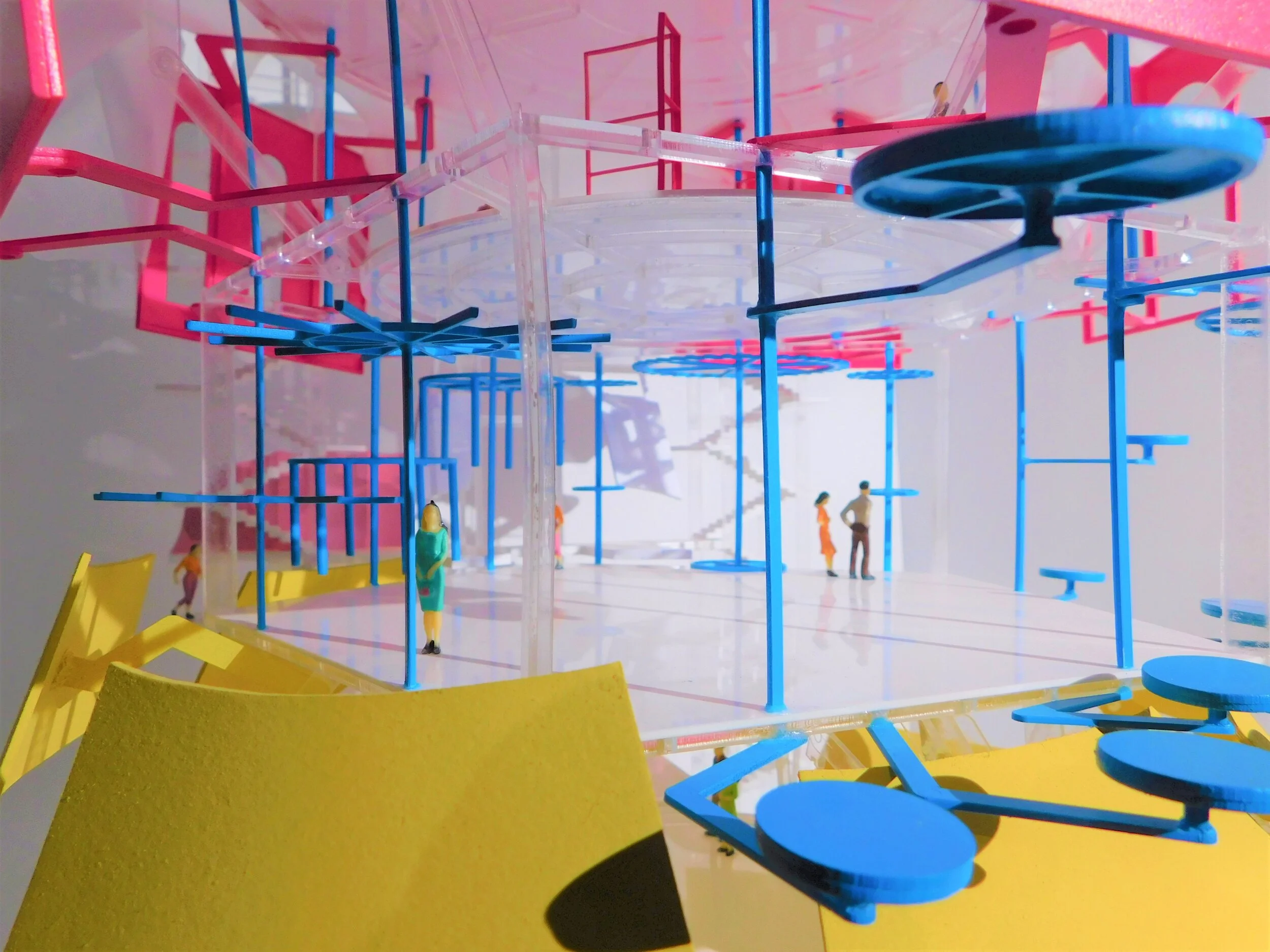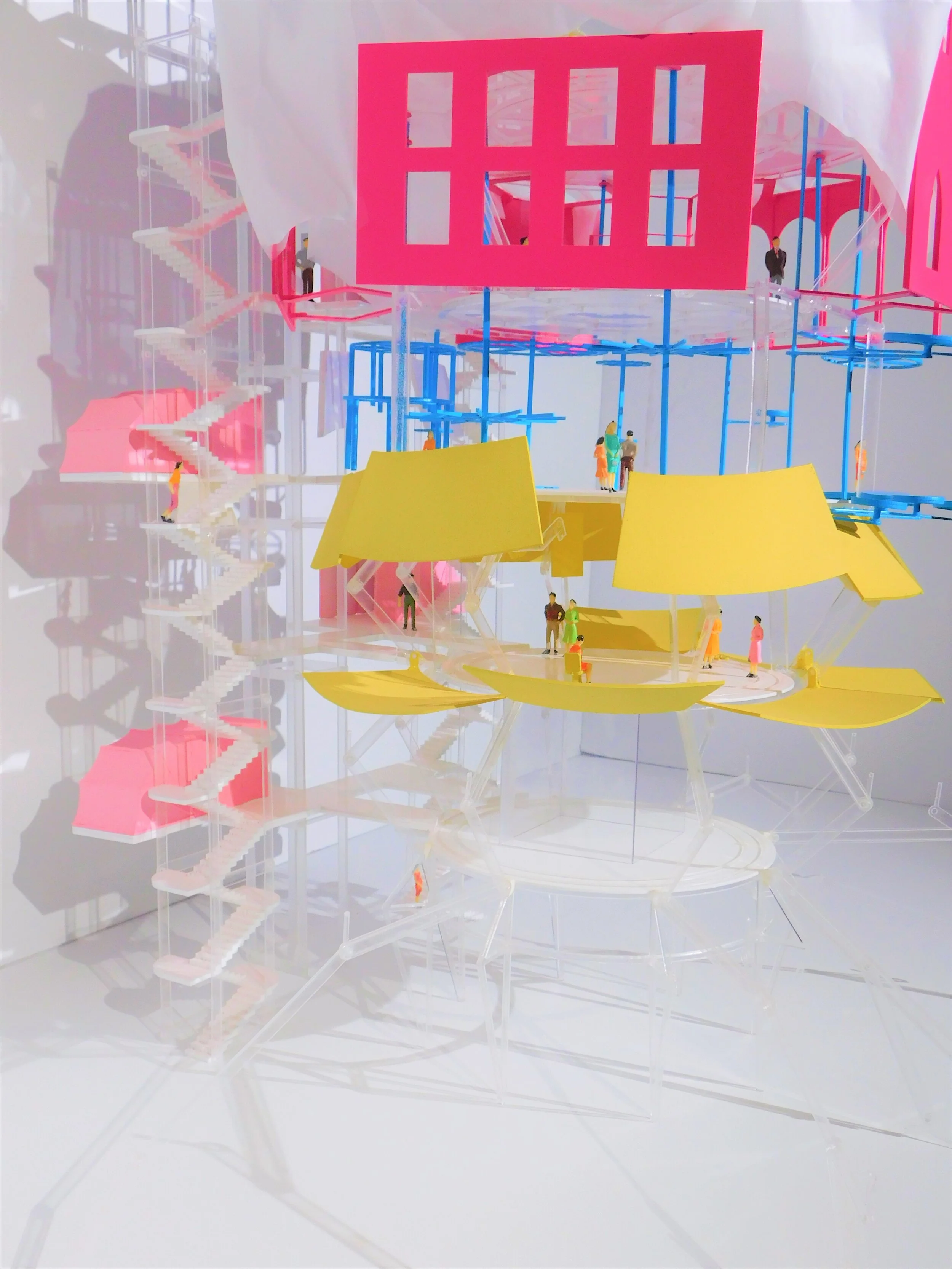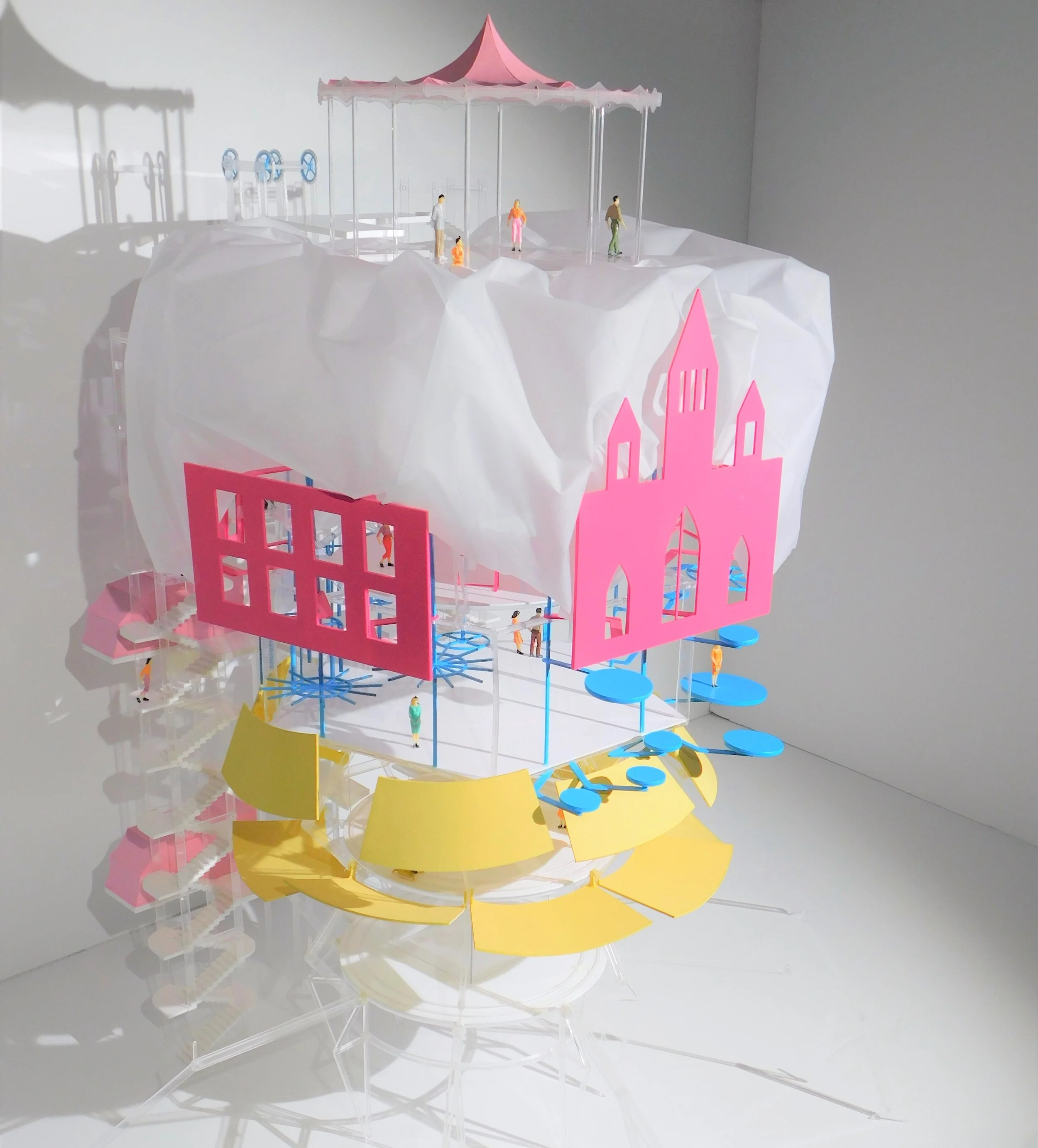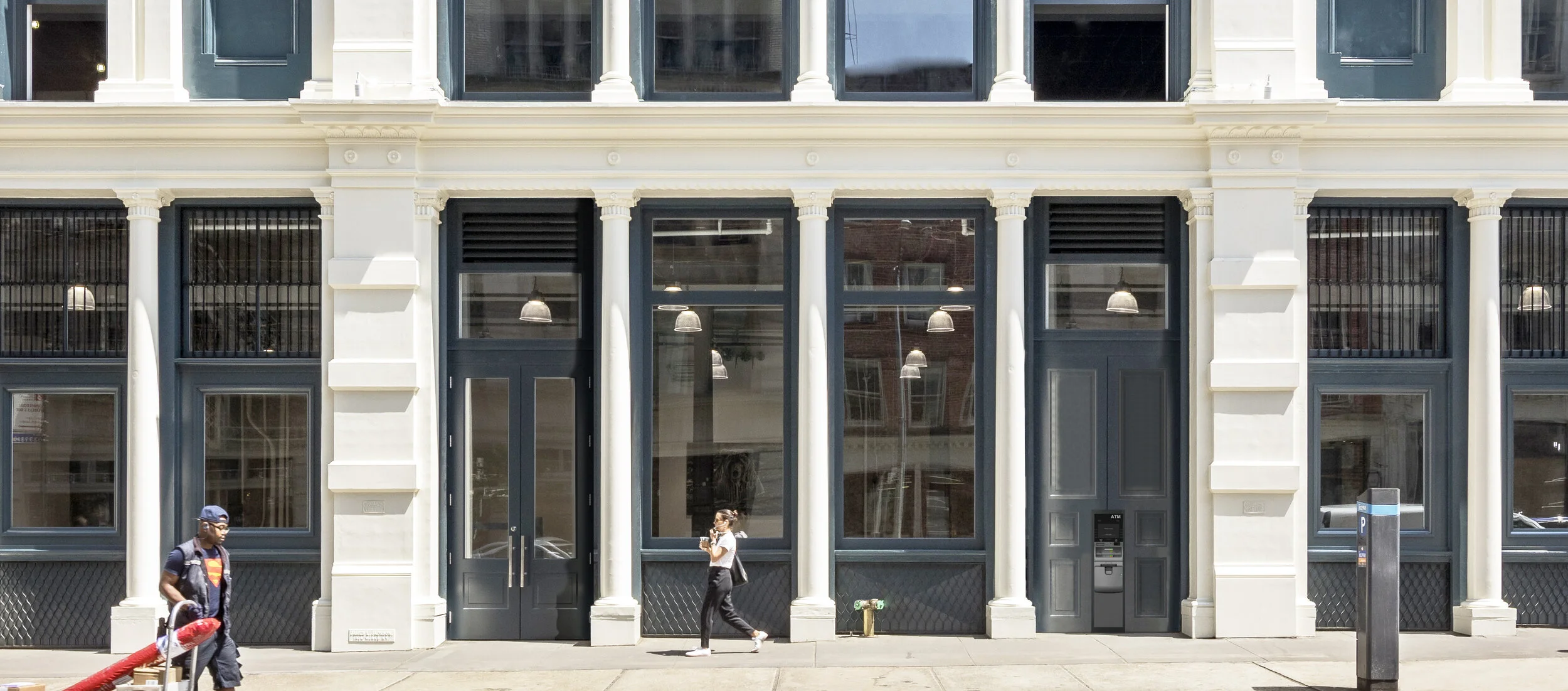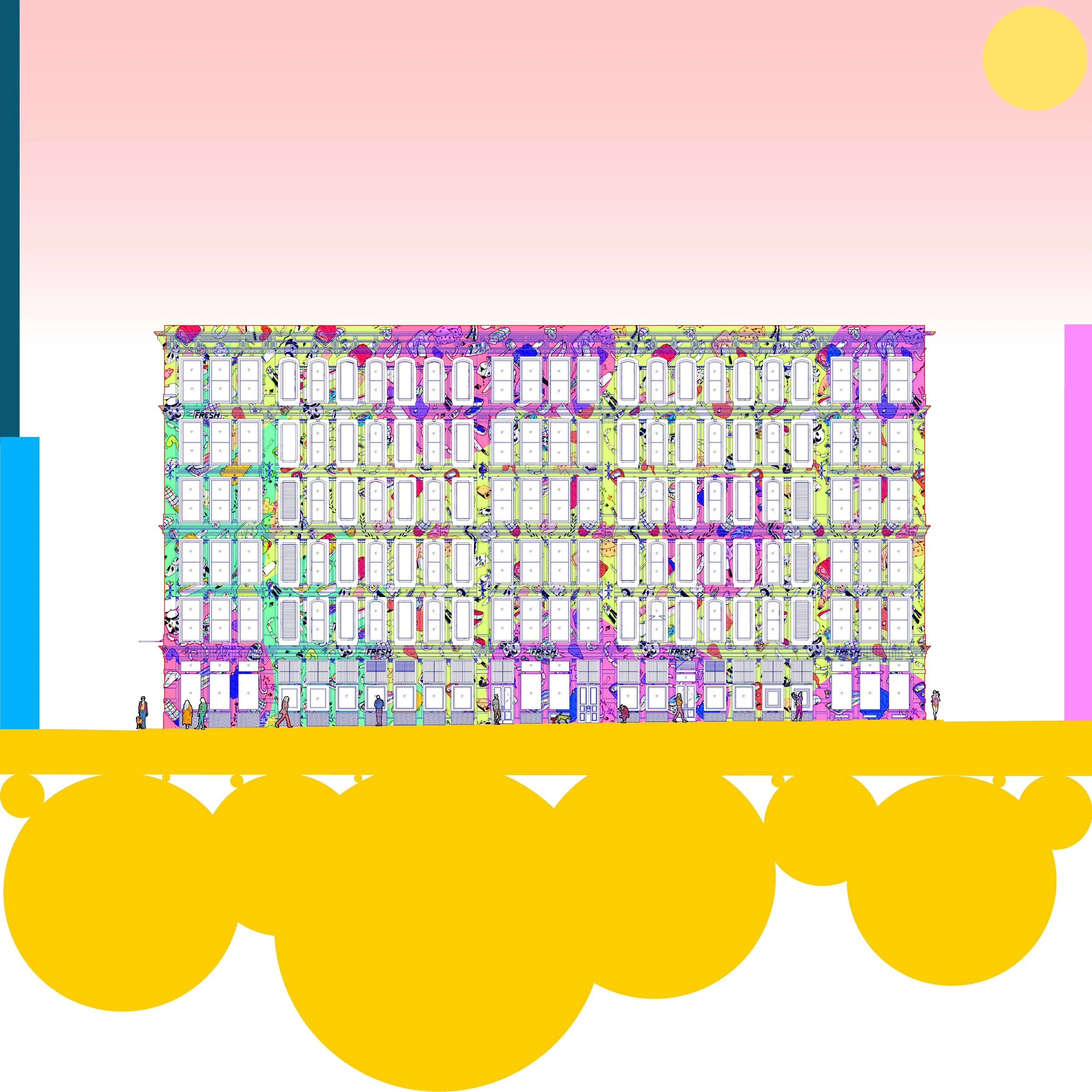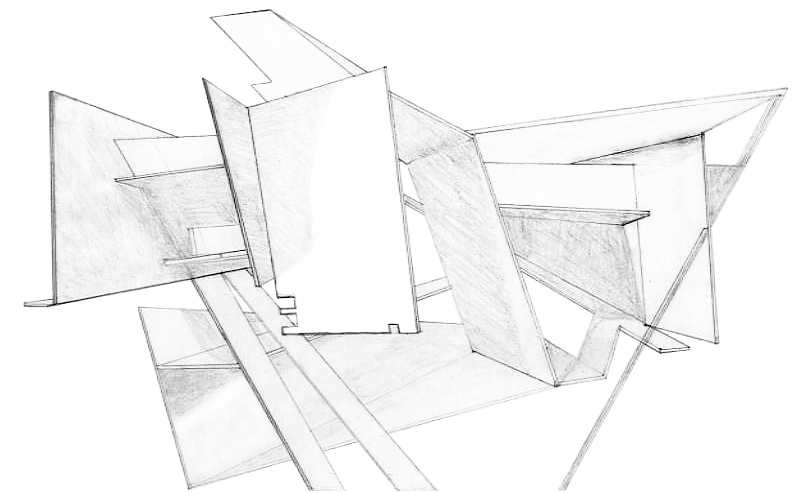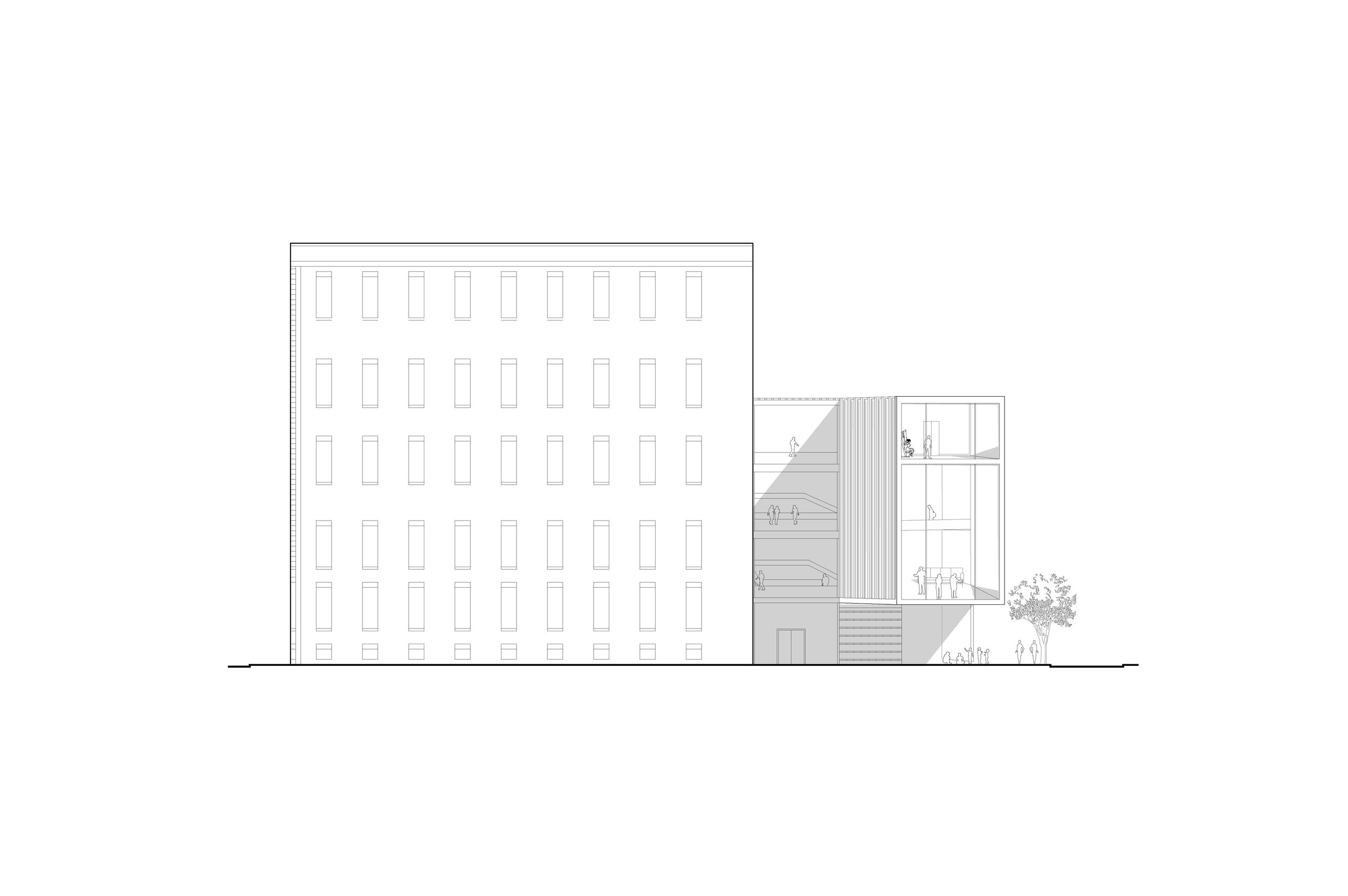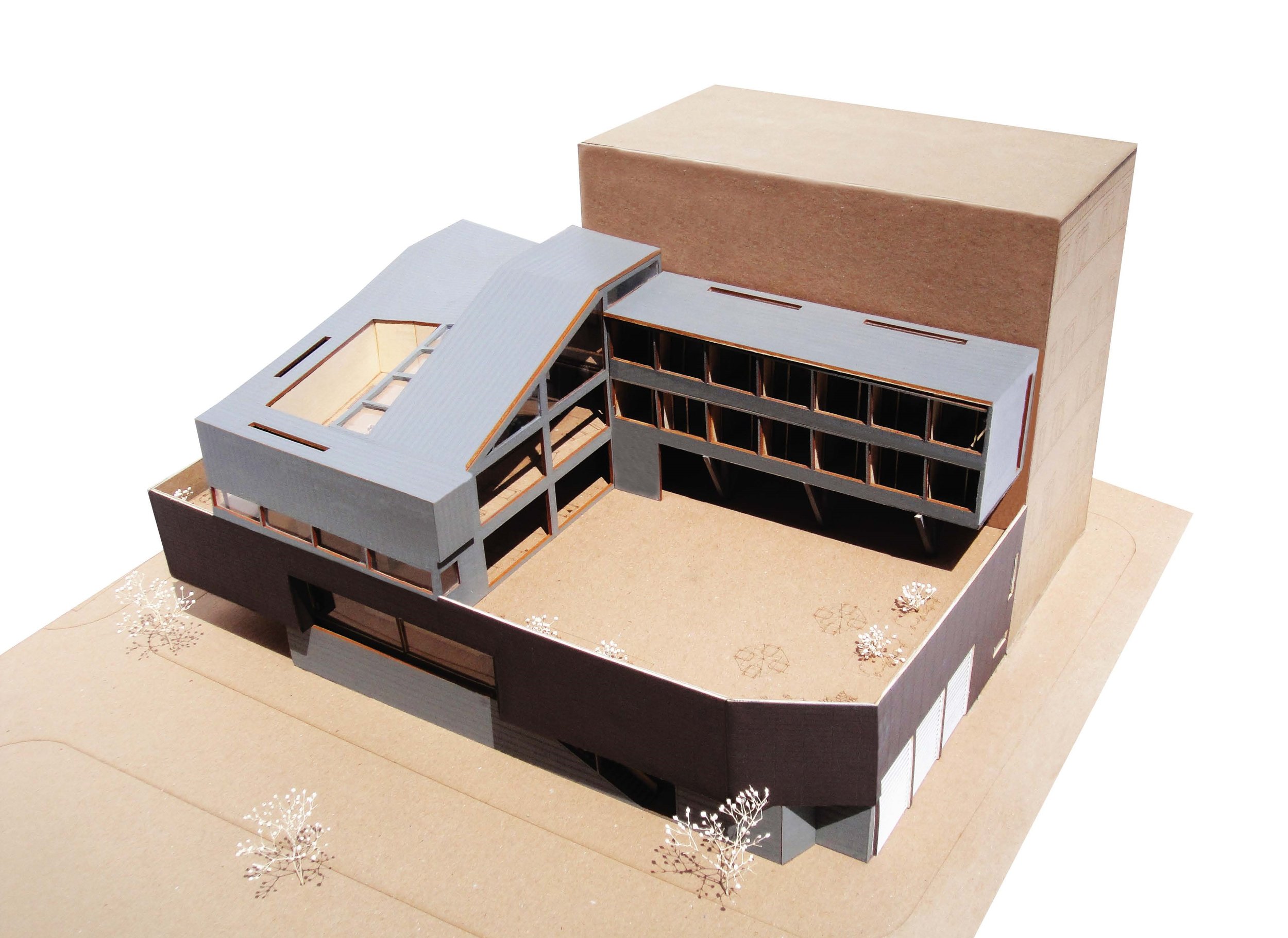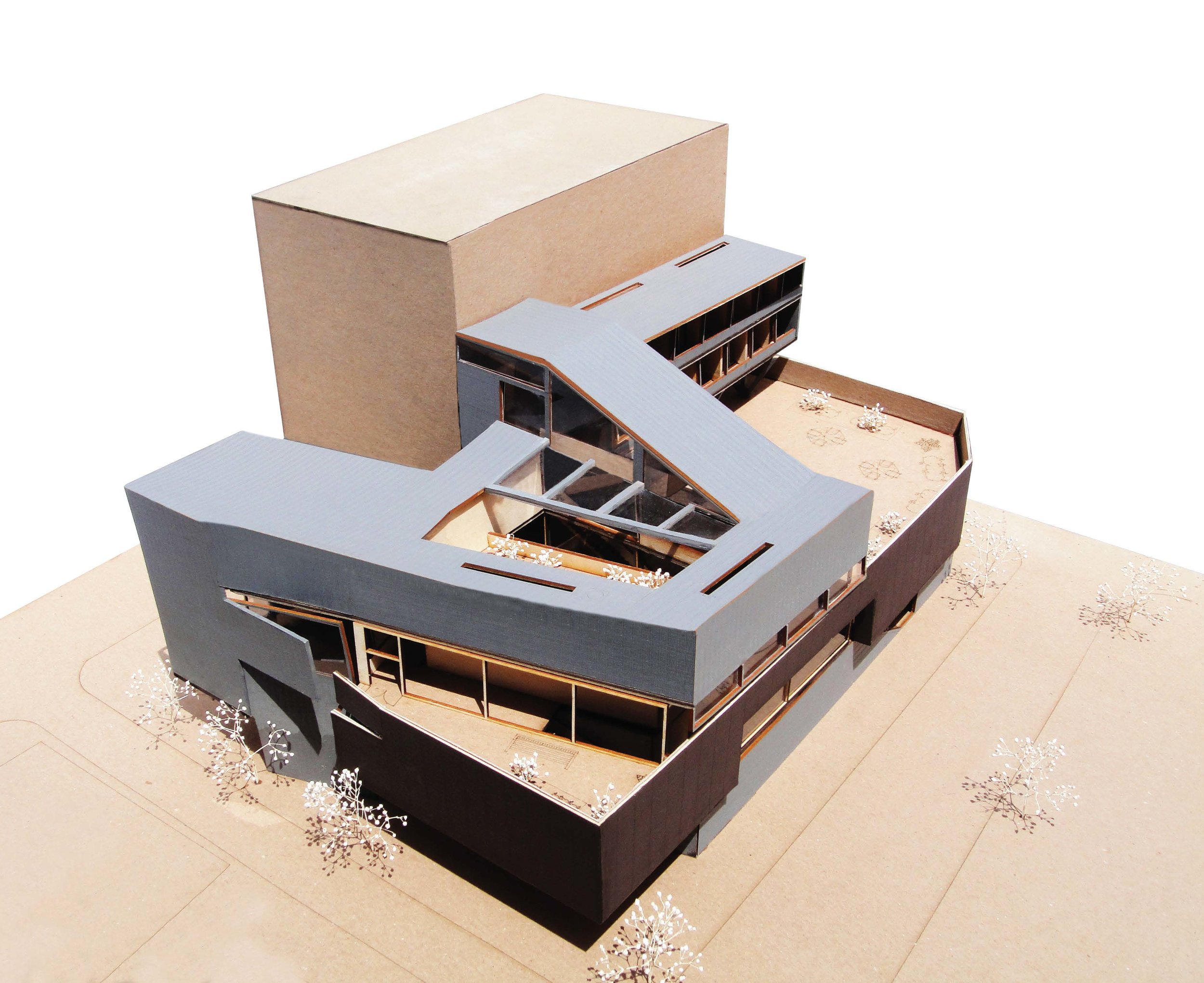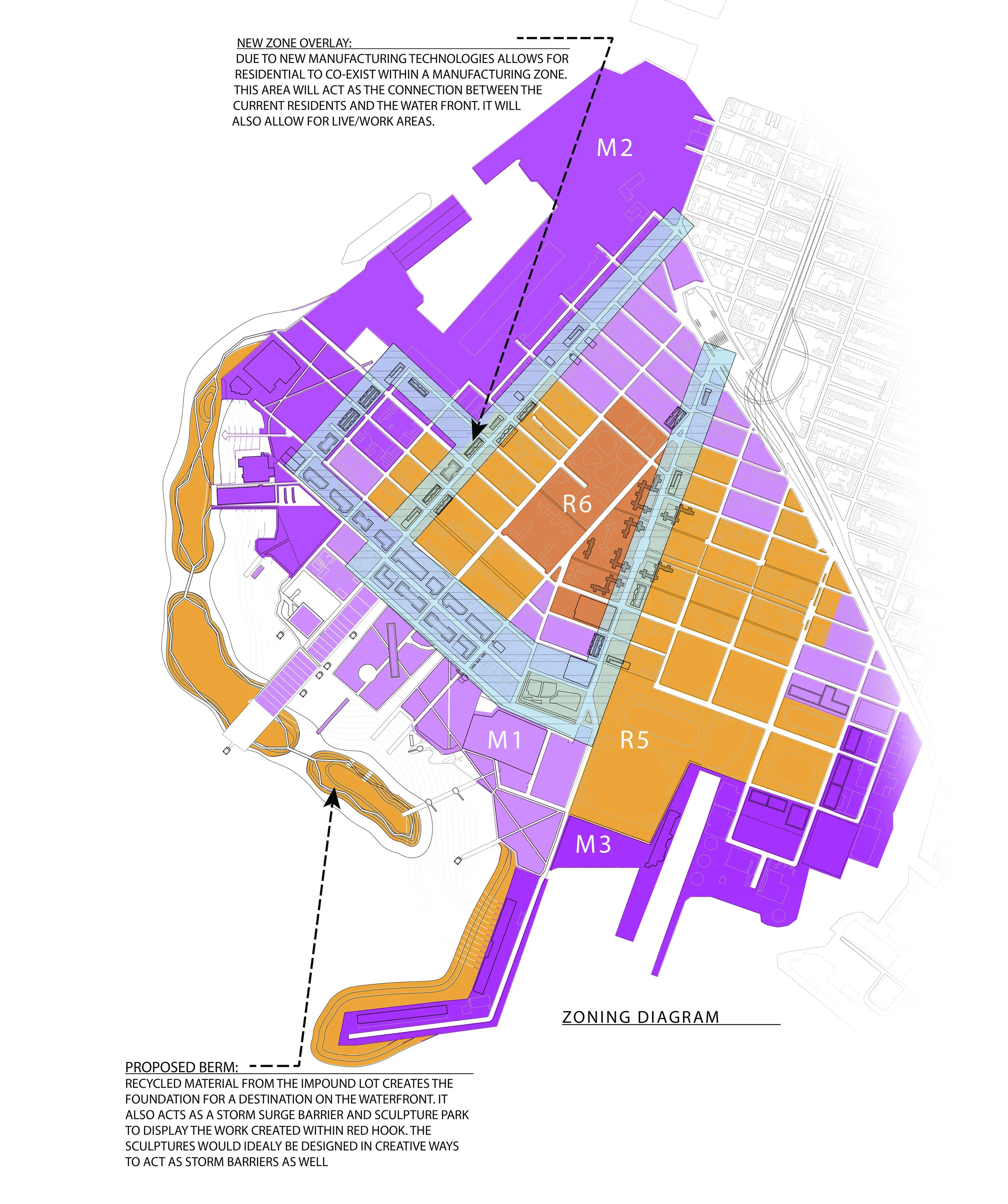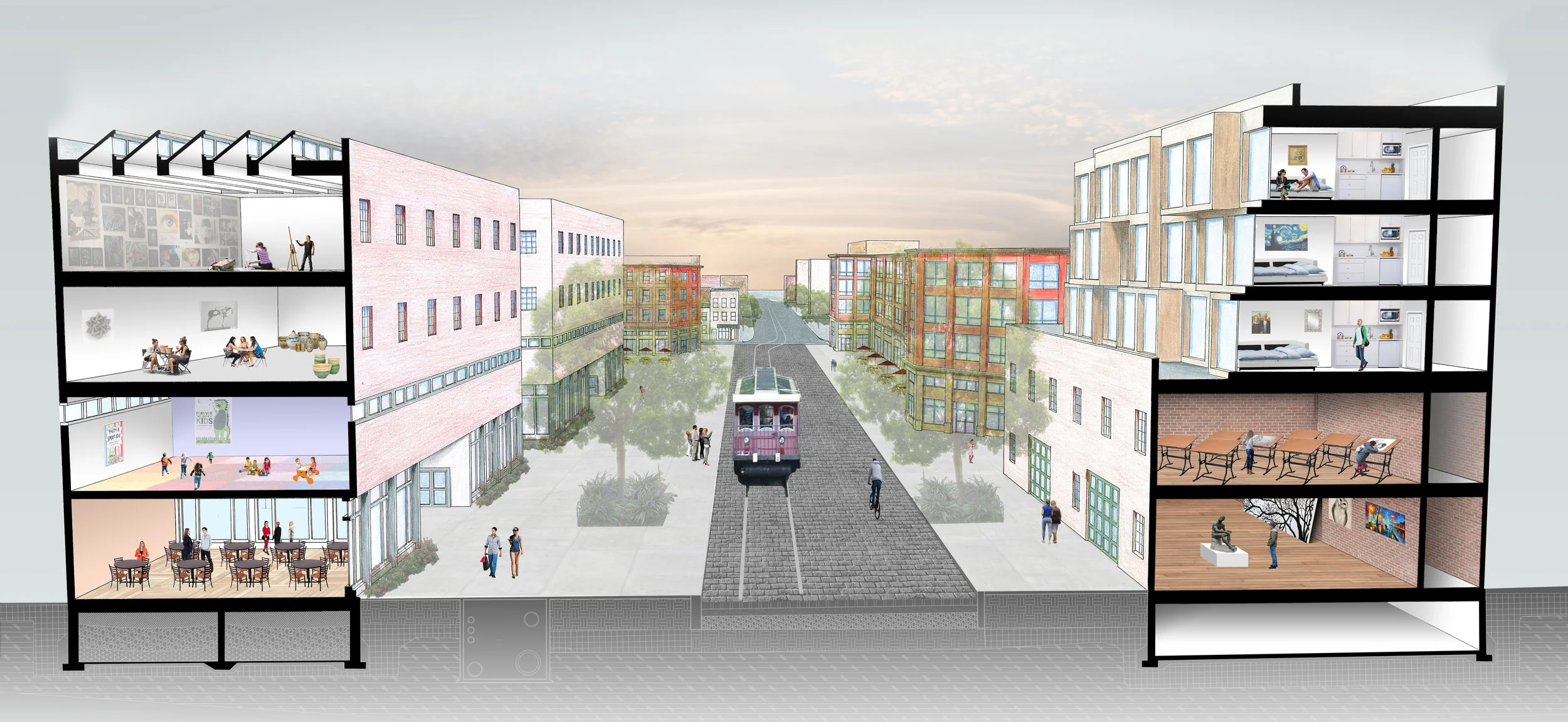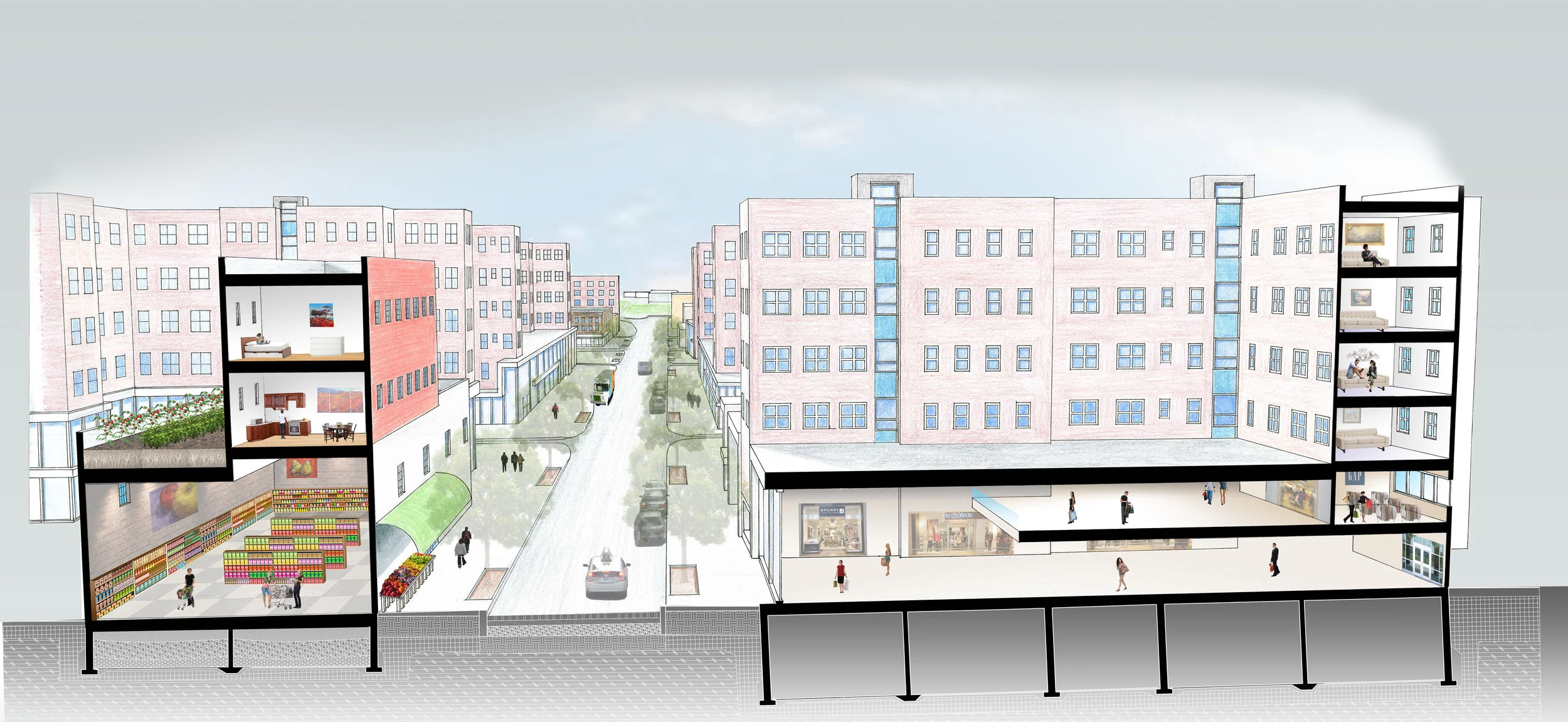“We are all responsible to and for shaping conditions for multispecies flourishing in the face of terrible histories, and sometimes joyful histories too, but we are not all response-able in the same ways. The differences matter - in ecologies, economies, species, lives.”
— Donna J. Haraway
Today we live in the Anthropocene age, where the human presence has the strongest influence on our geology. The Natural and un-natural factors causing landslides have resulted in enormous fatalities in many susceptible regions around the world. The human desire to build and not properly cultivate their terrain strains the environment while it tries to adapt to human life. The effects of human interventions to accommodate urbanization on mountainous terrains has triggered more landslide disasters than our natural geological forces. By simply restraining the terrain with bandage-like features only promises further programmatic instability on landslide-prone terrains. Living in a landslide-prone area has prevented rural communities from experiencing modern life outside of the City. So how do we provide rural areas of Cuenca with programmatic infrastructure and physical infrastructure while at the same time understanding that nature will do what it wants? How can physical infrastructure be an occupiable space that brings the human experience closer to nature, that informs the visitor about engaging with the landscape in conscientious ways, and behaves like an element that provides stability in fragile terrain and aids in its healing while avoiding further destruction?
As a response to the fragile situation in landslide-prone regions, I am proposing a case study for occupying these territories by inserting both man-made and organic infrastructure that strategically engages the earth through interventions that stabilize the soil using metal stilts, gabion walls and reforesting parts of the territory with a combination of indigenous trees and shrubs. This will help hold the soil in place while the above growth creates a cover that protects the soil surface from direct rain. Lifted volumes connected by pathways that lead from the city below allow urban dwellers to meander through the site along with the buildings. An Institute of natural disaster, risk and resilience will respond to the lack of programmatic infrastructure in these territories. The Institute will educate students in agriculture, arborist culture, sustainable soil culture, and horticulture. This connection reintroduces man with proper methods of cultivating our earth. Students will also learn skilled trades, disaster training, and ethical construction methods for building and training in the hazardous territory.
